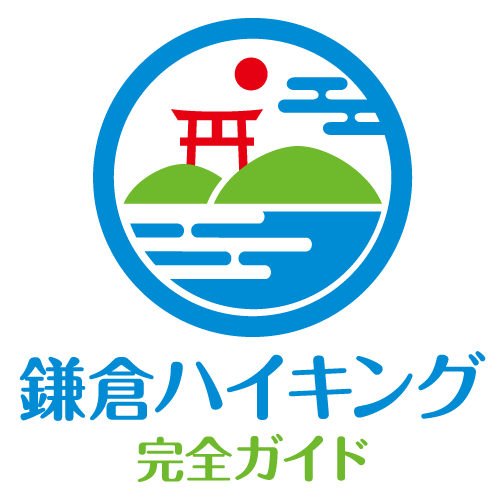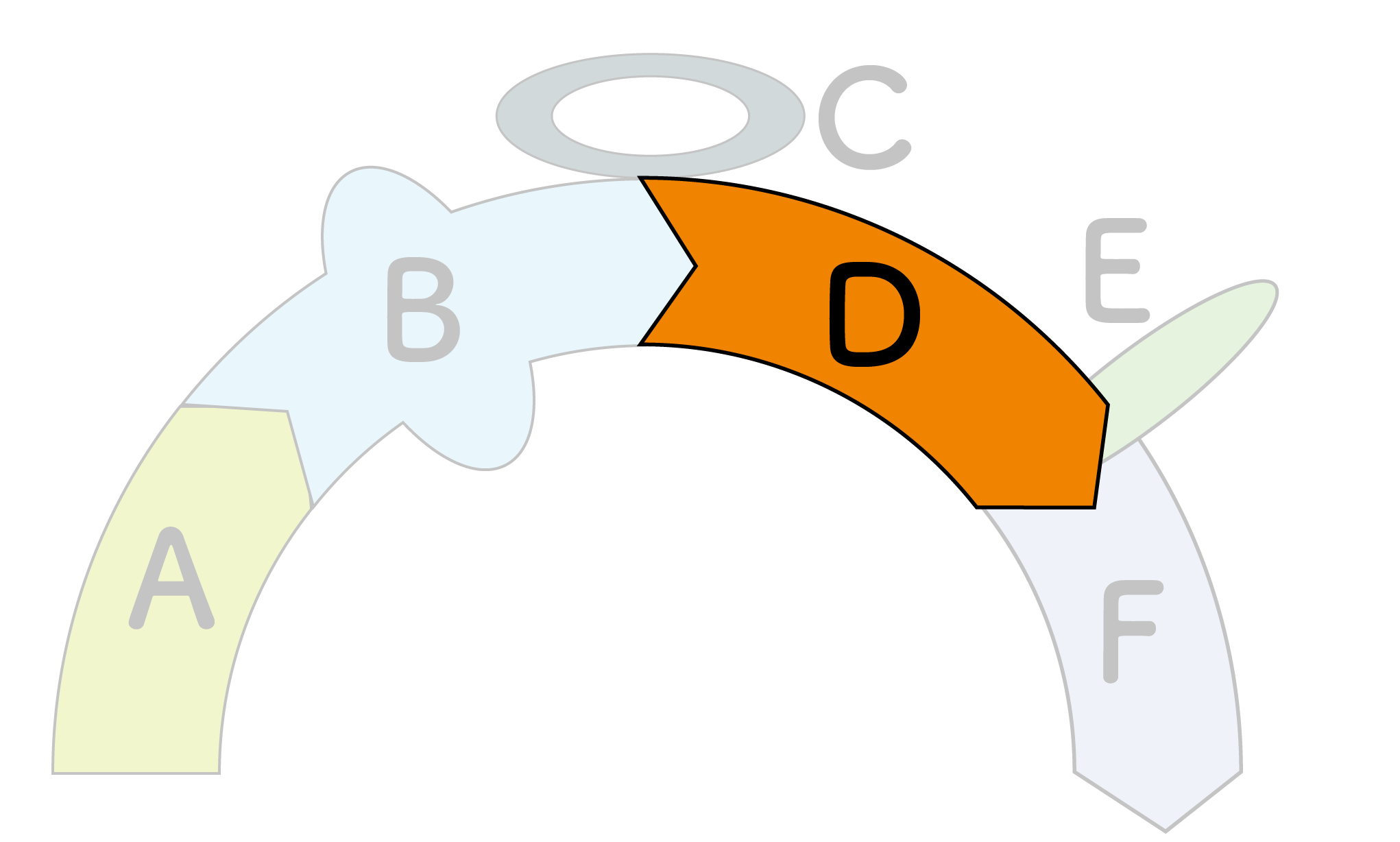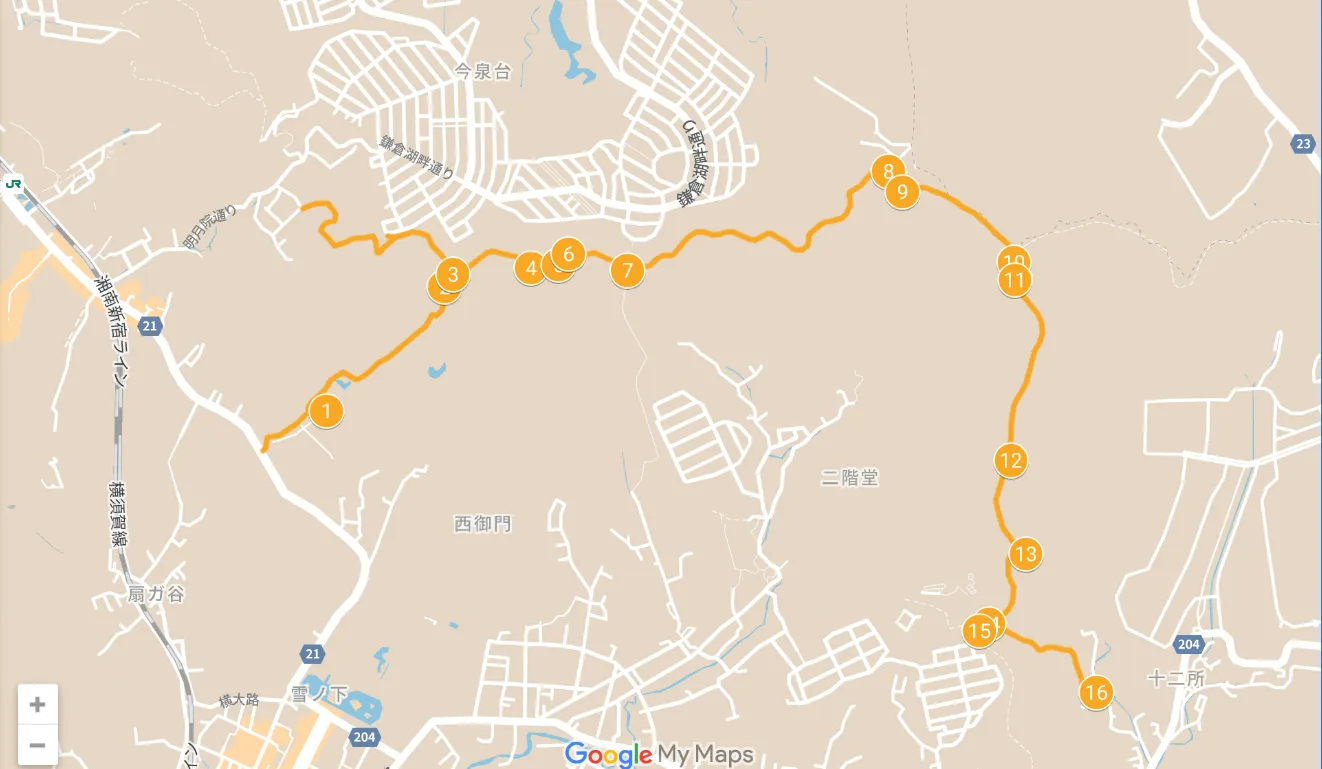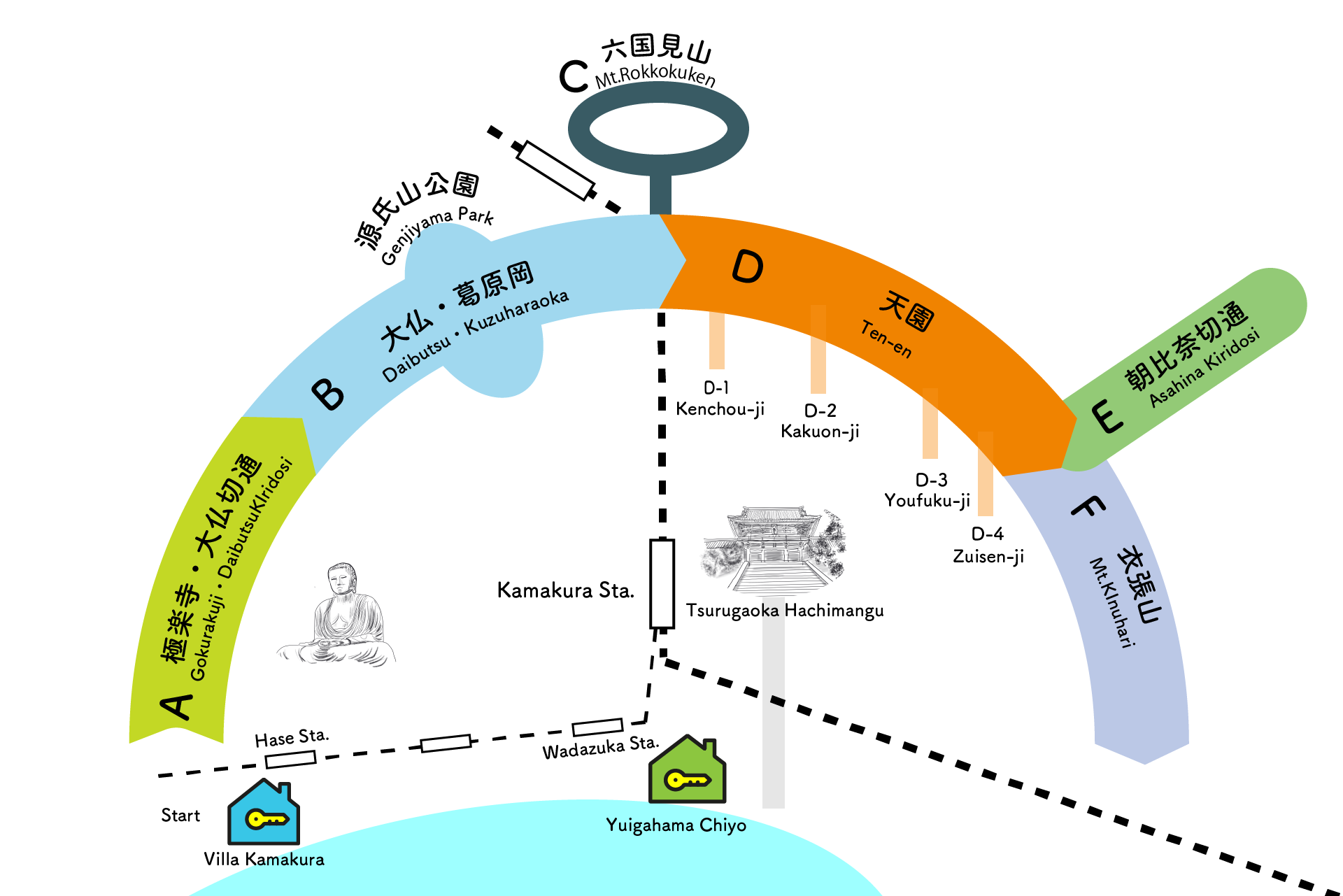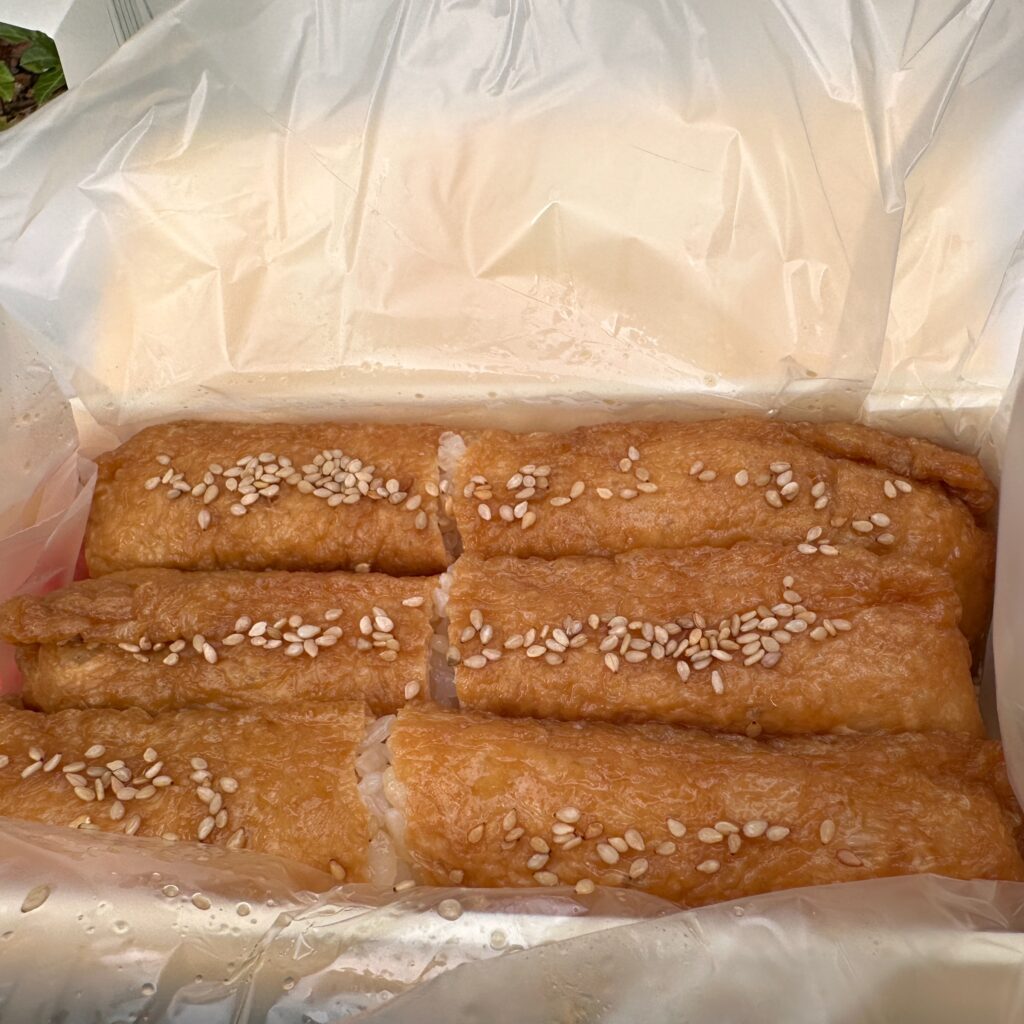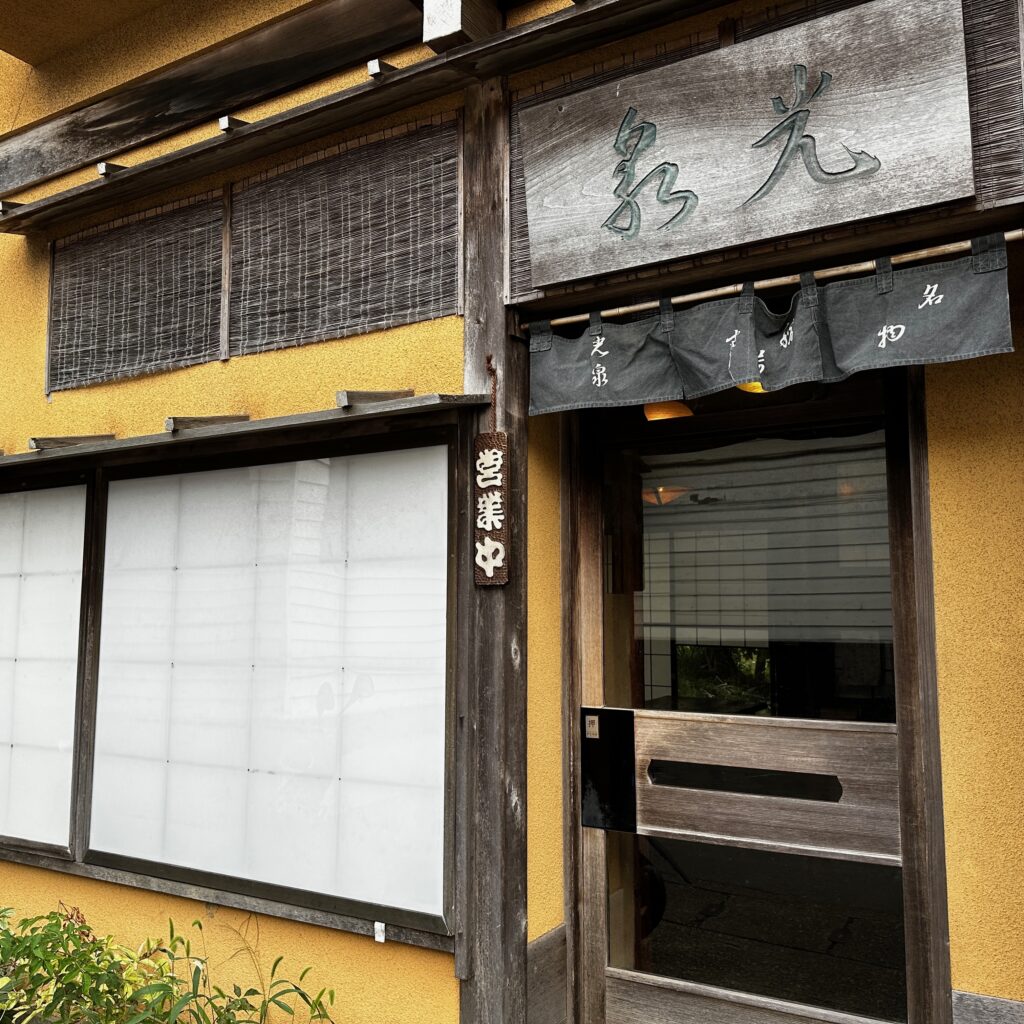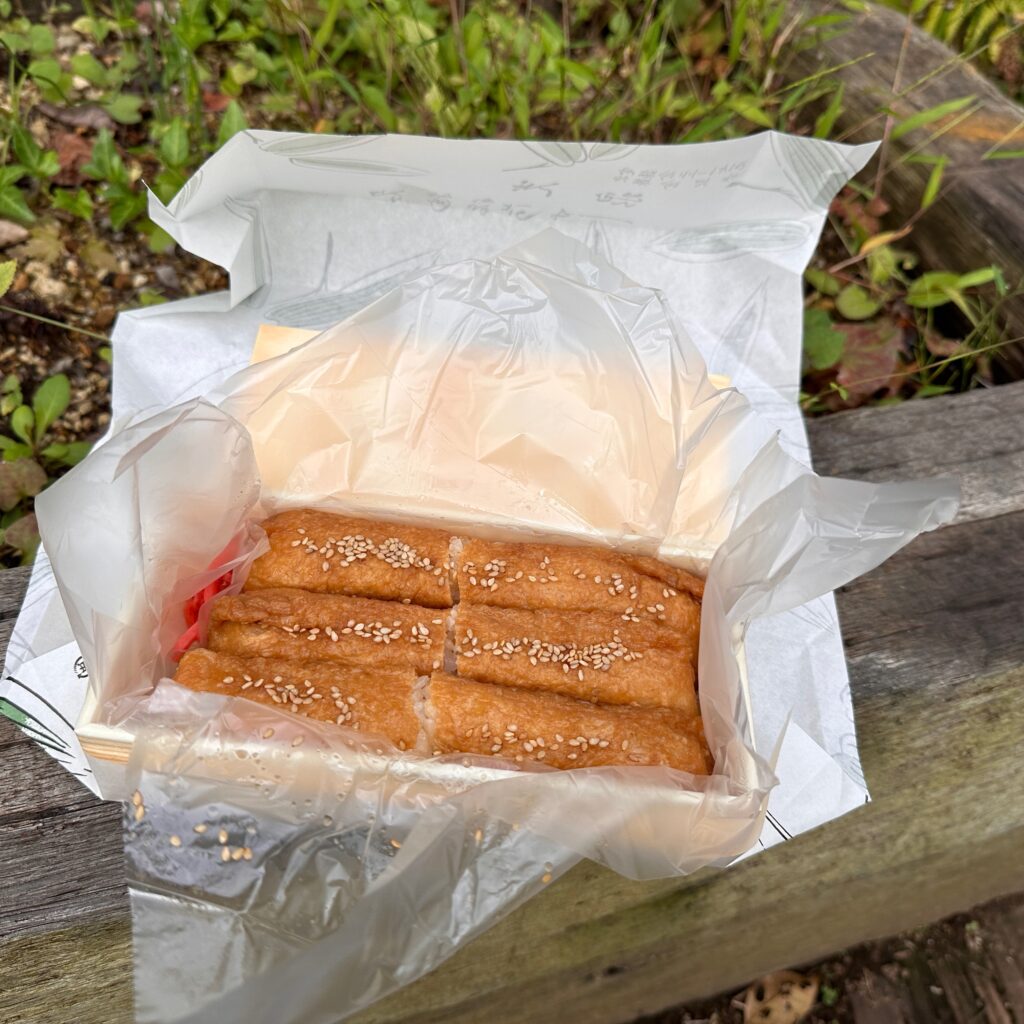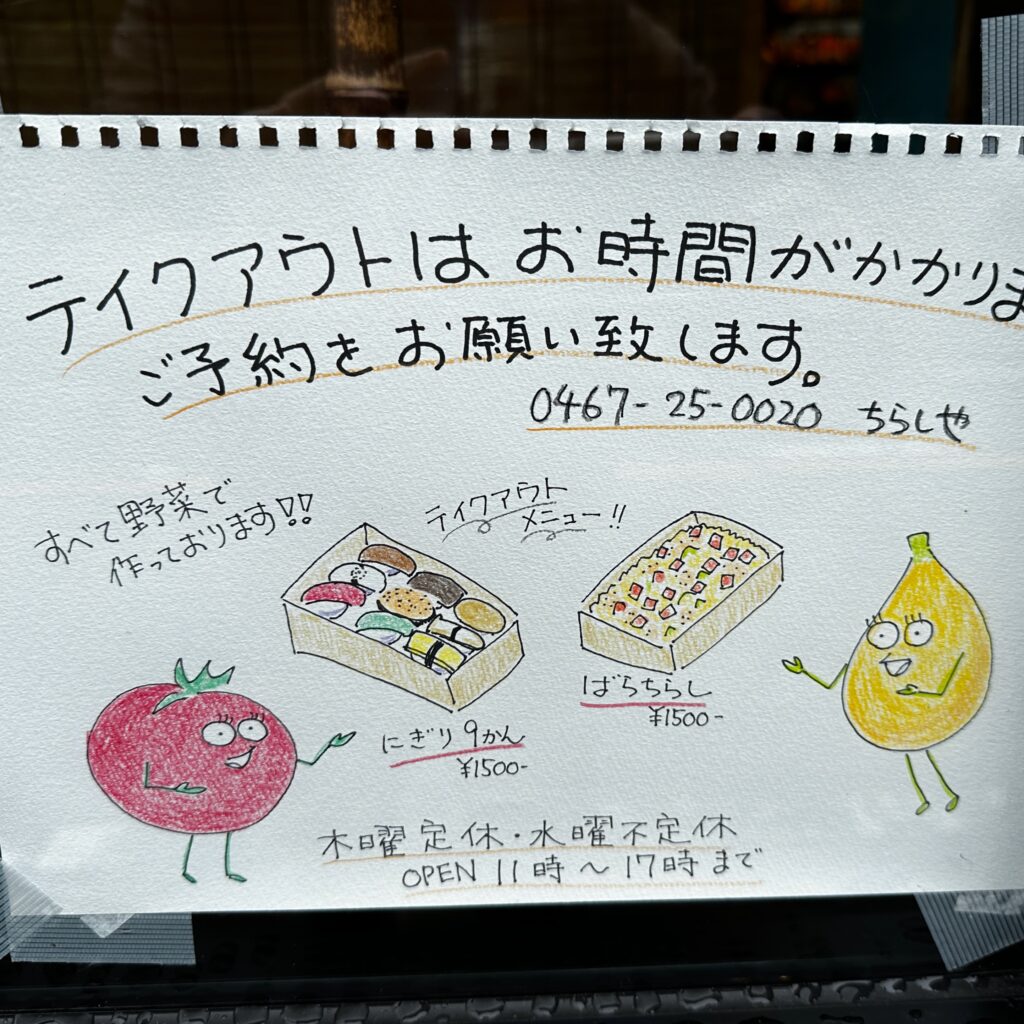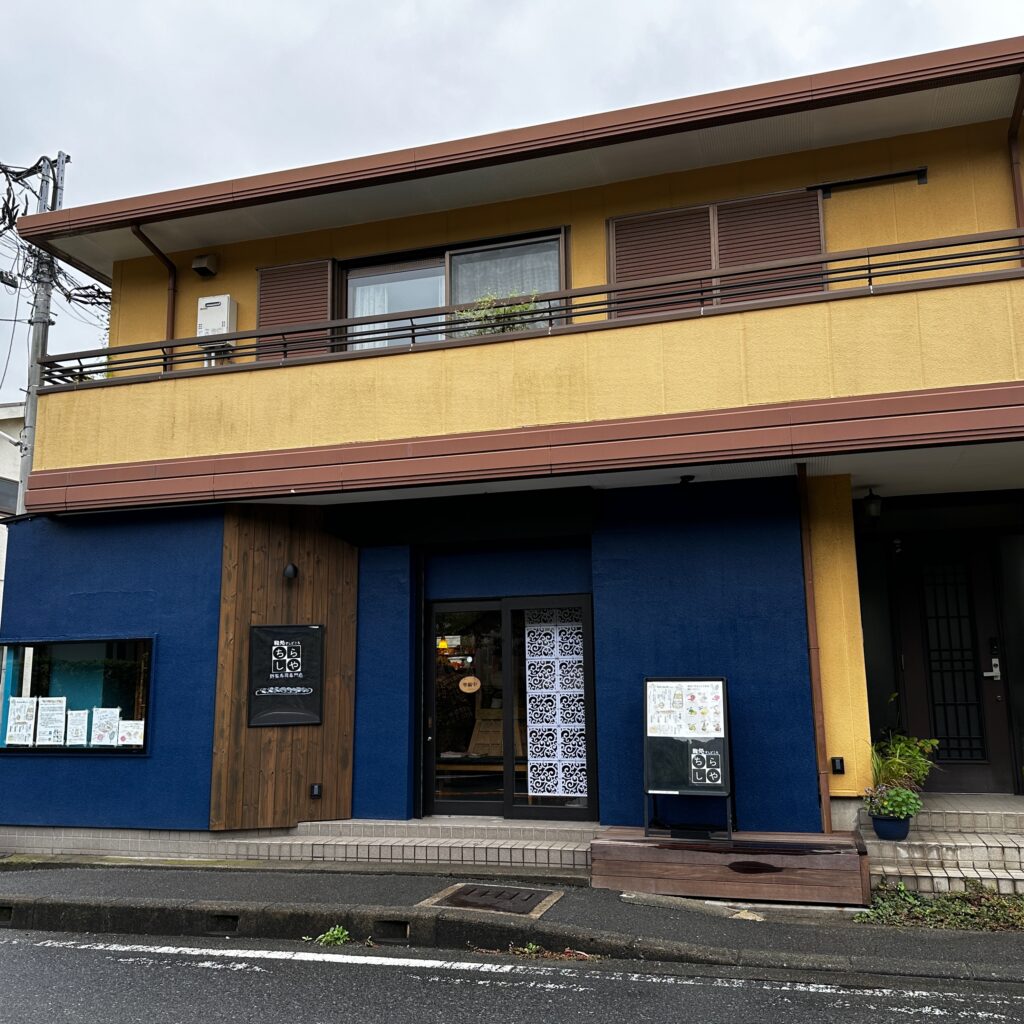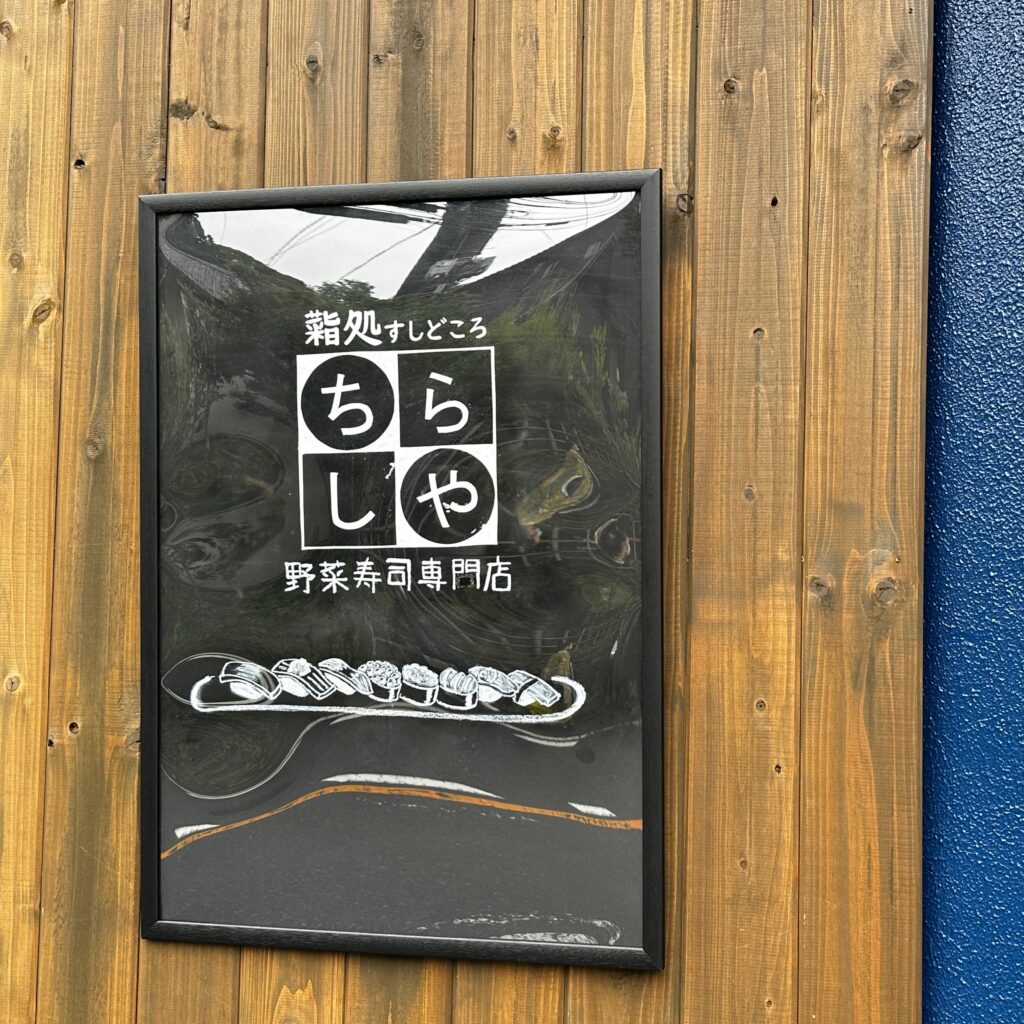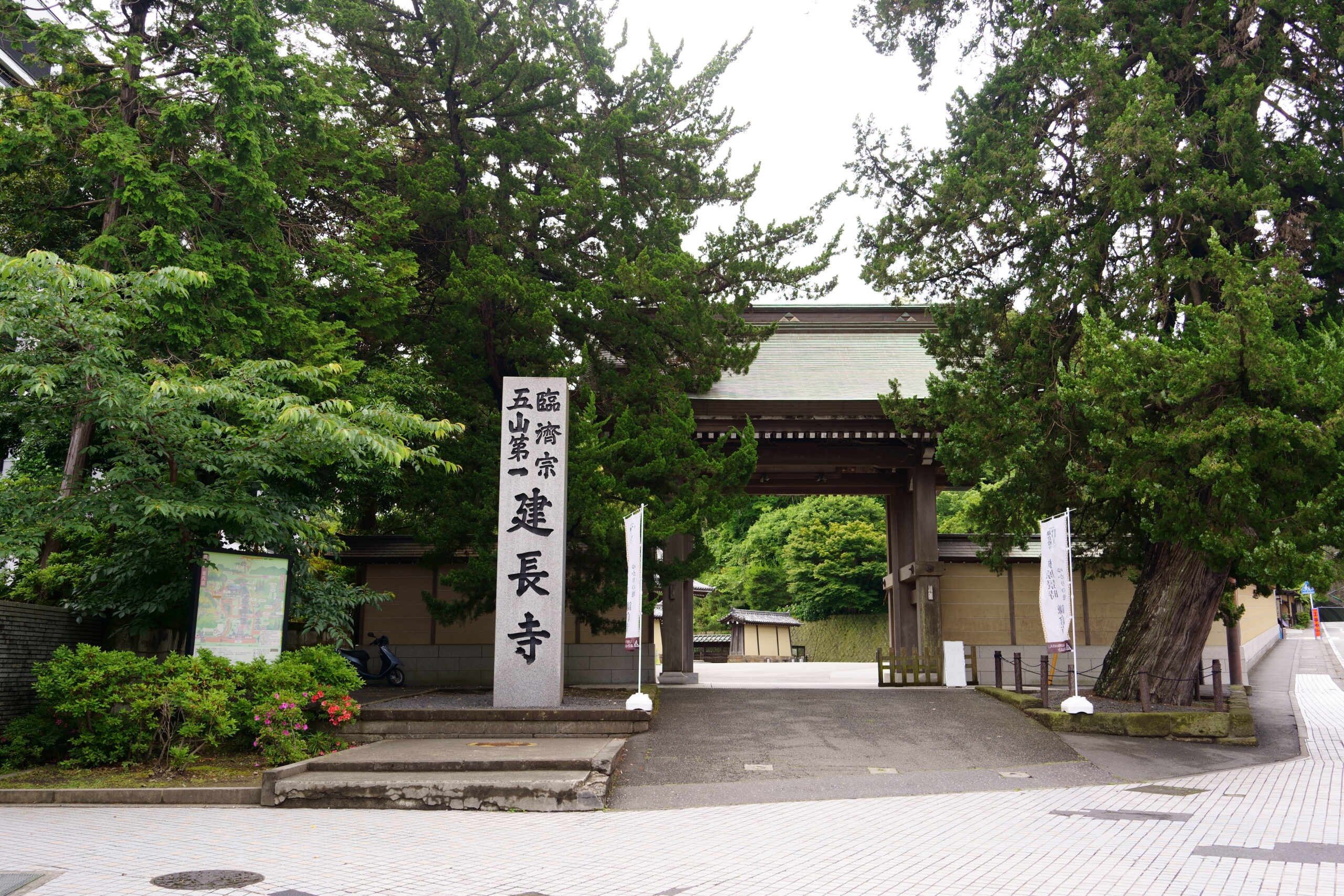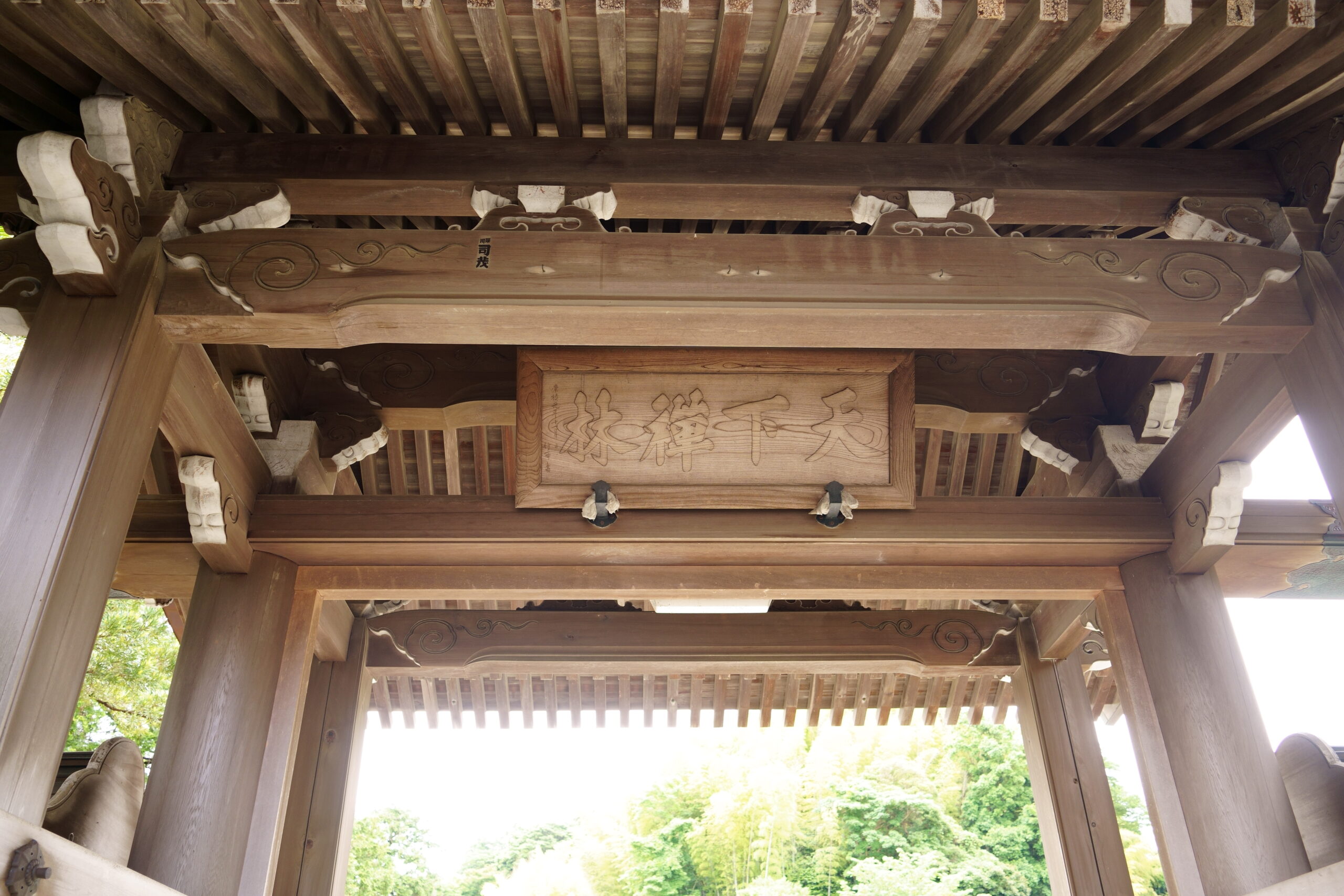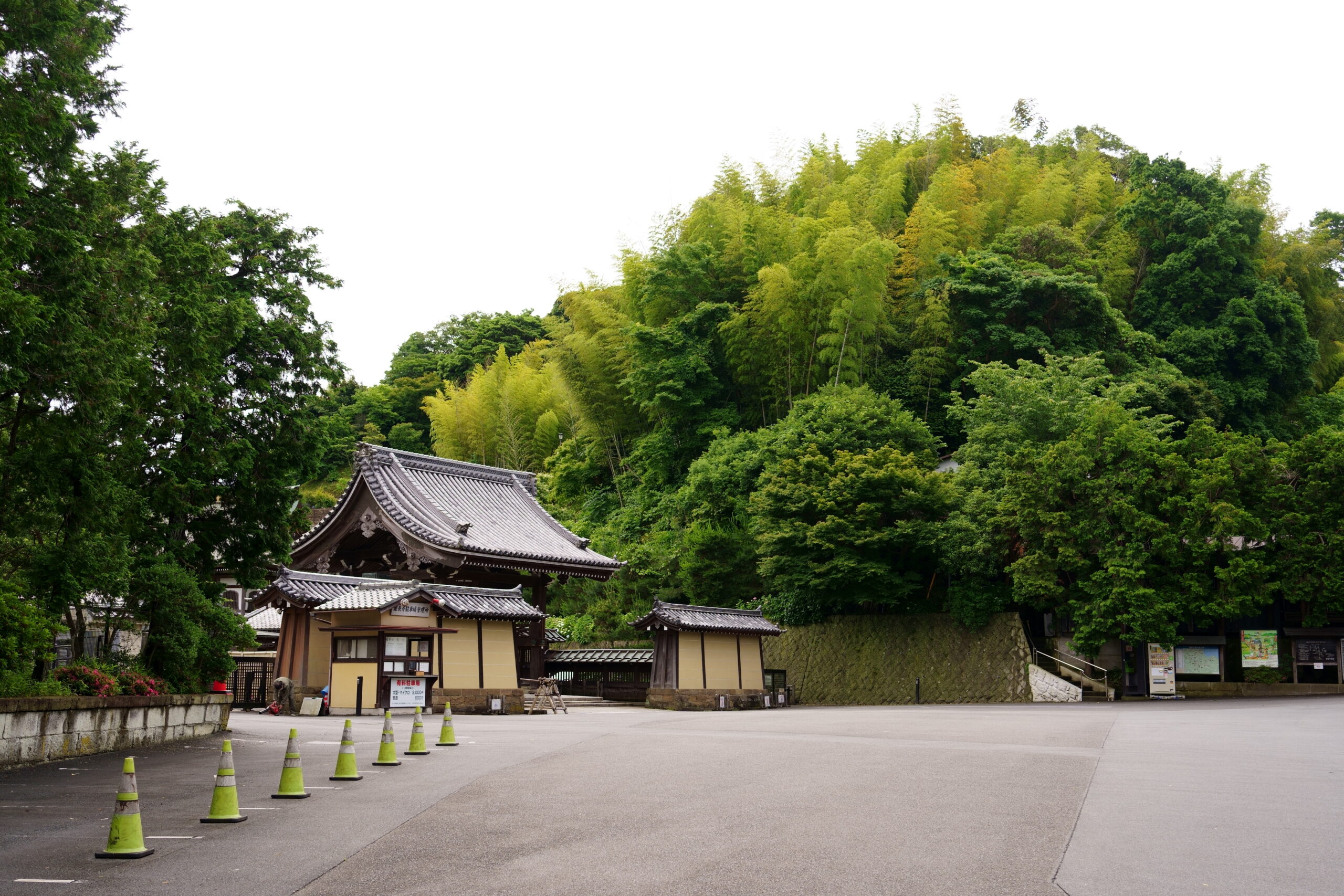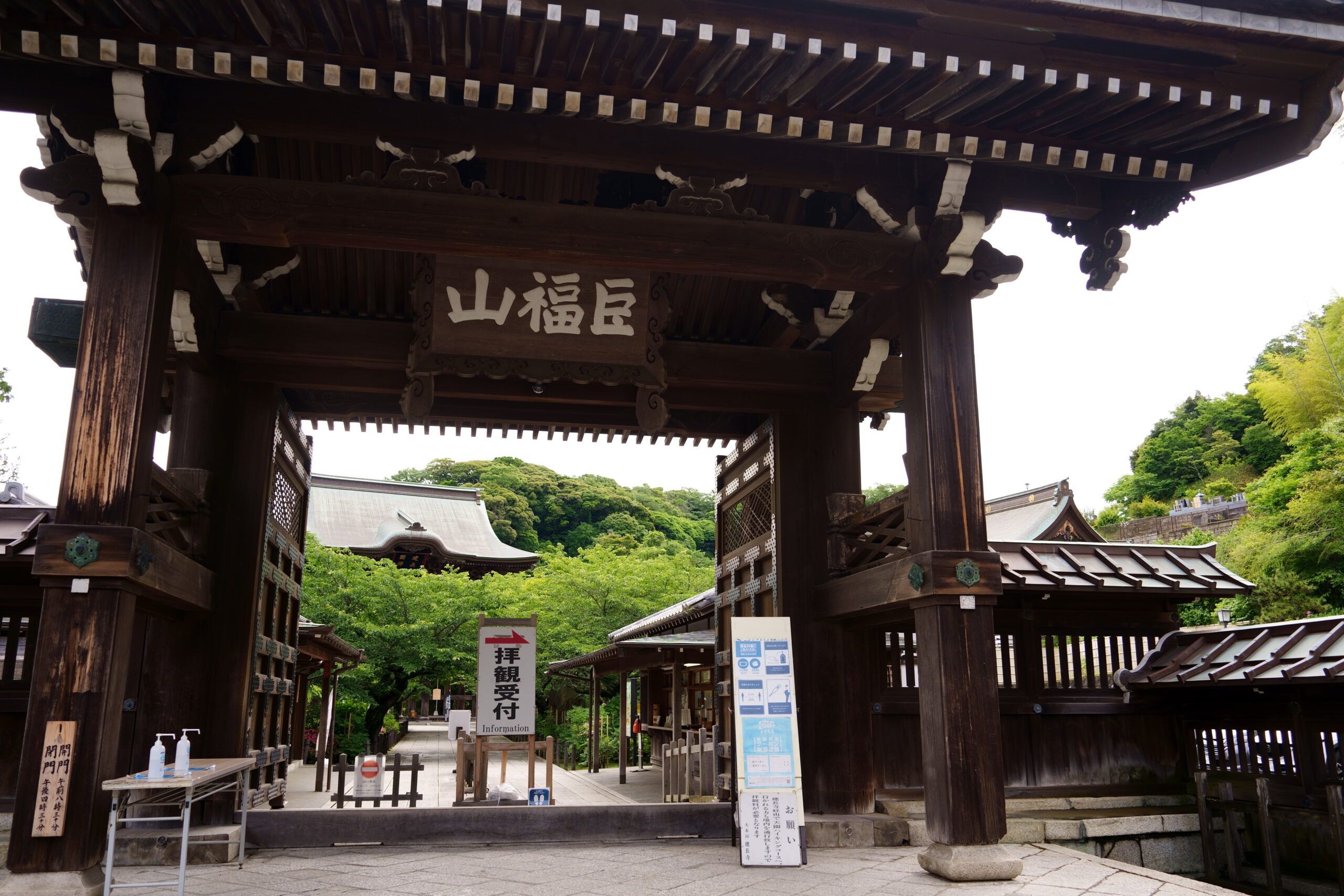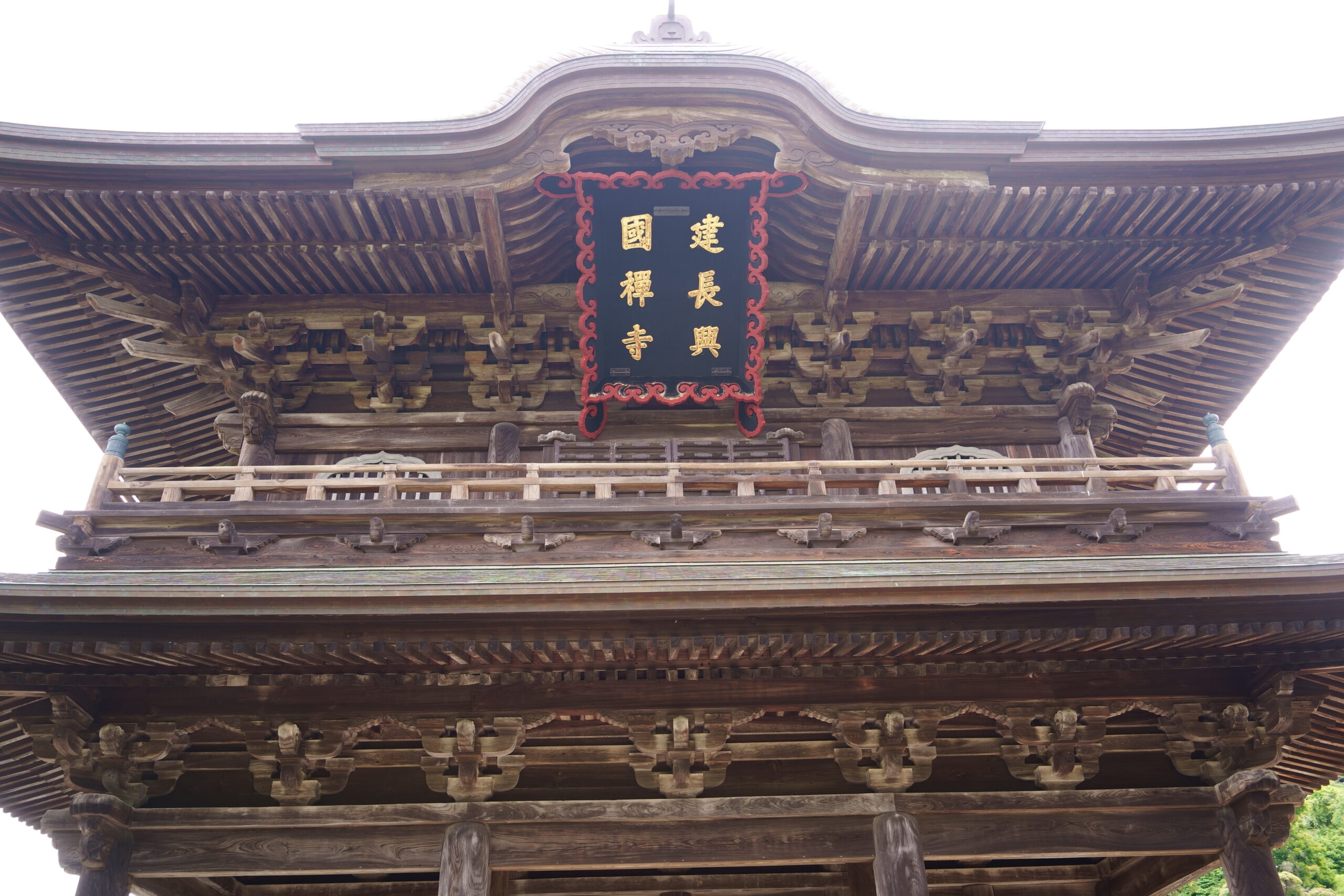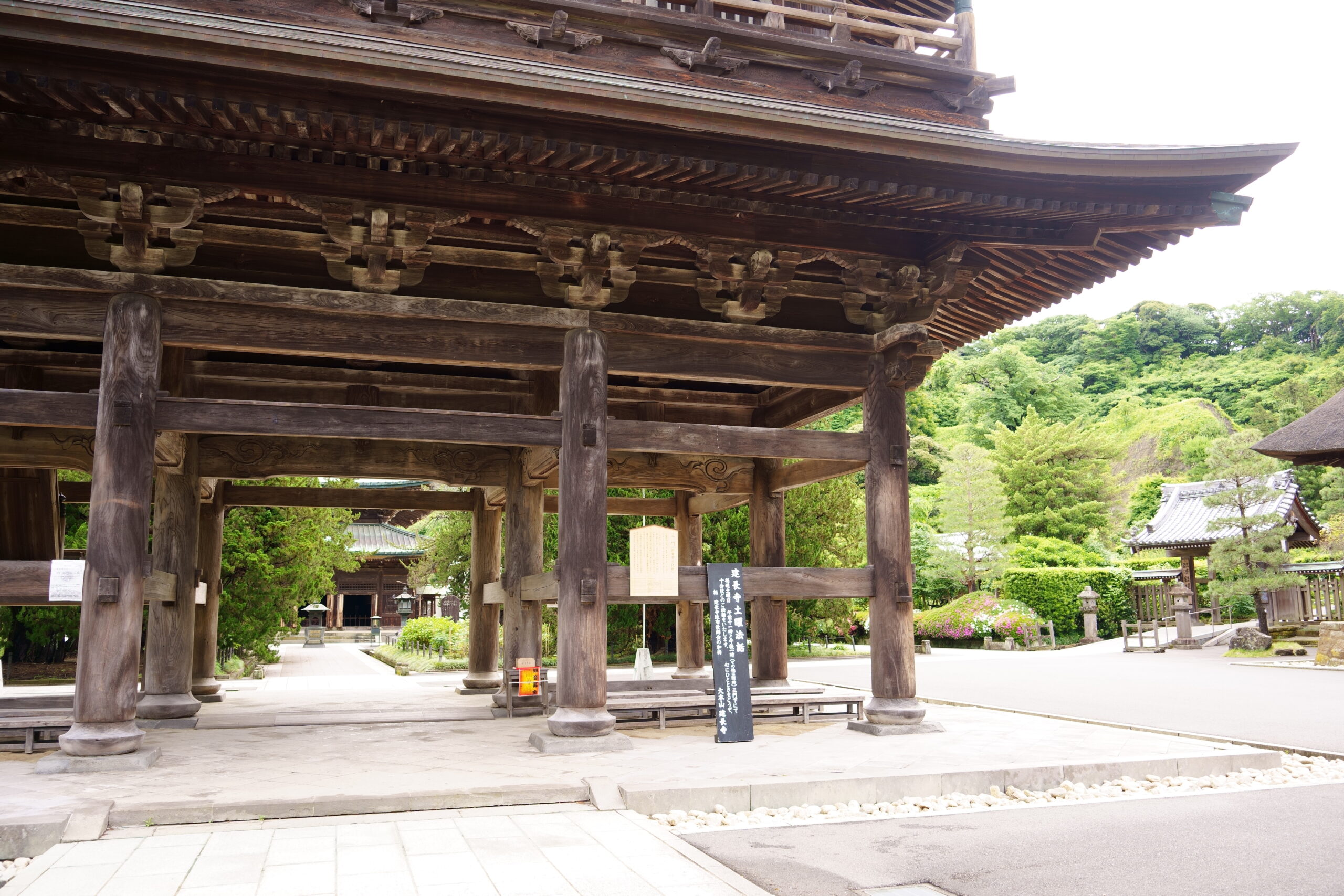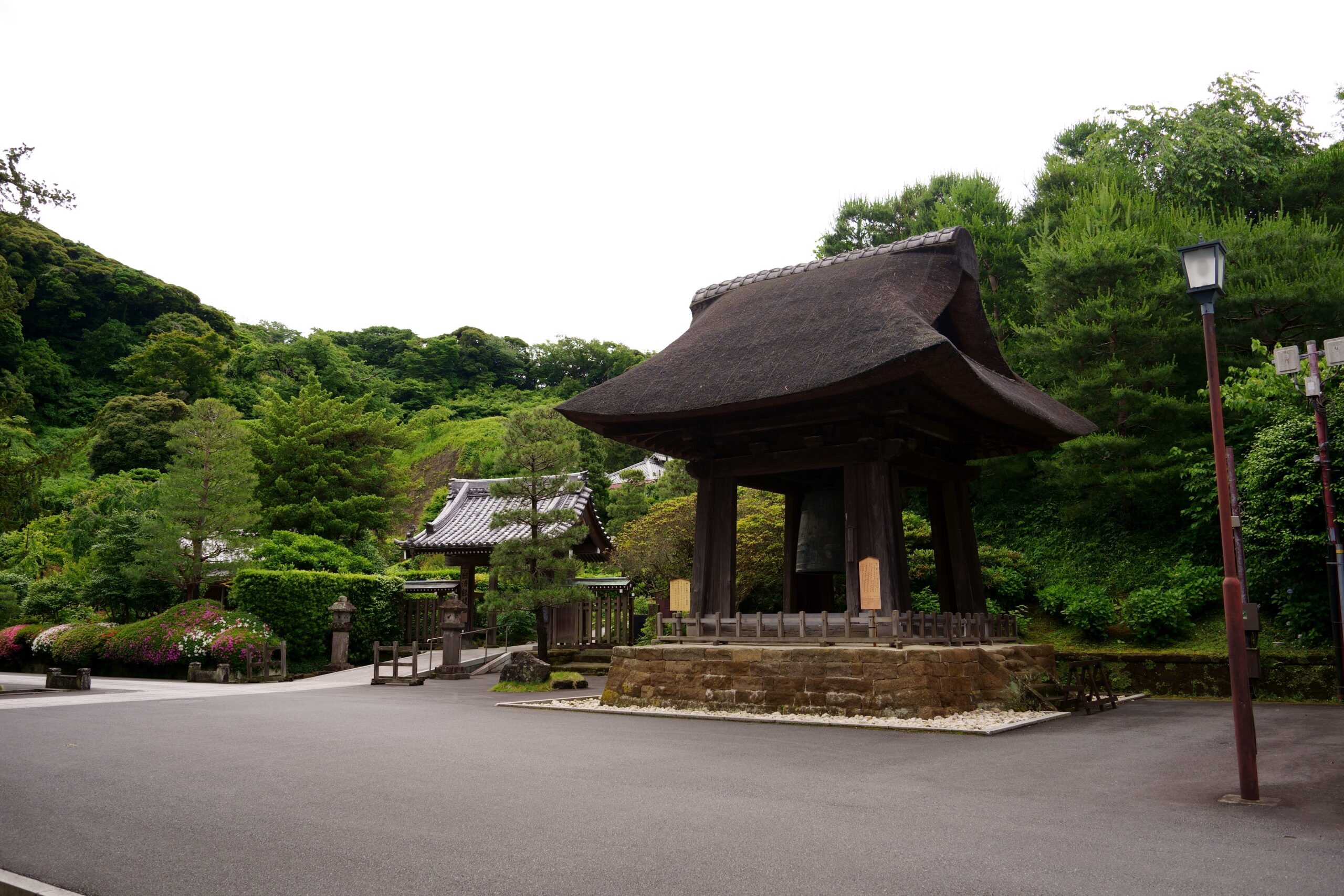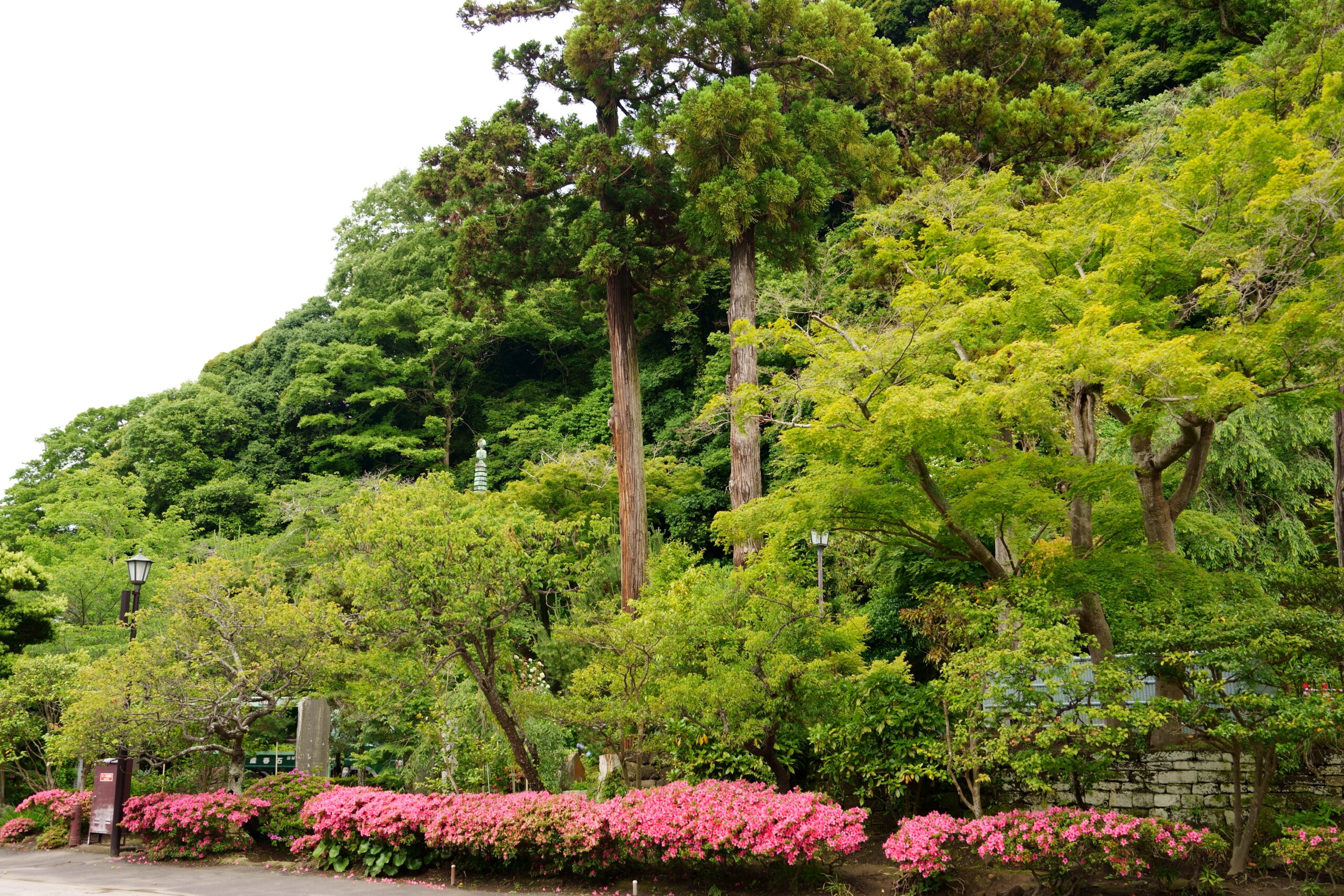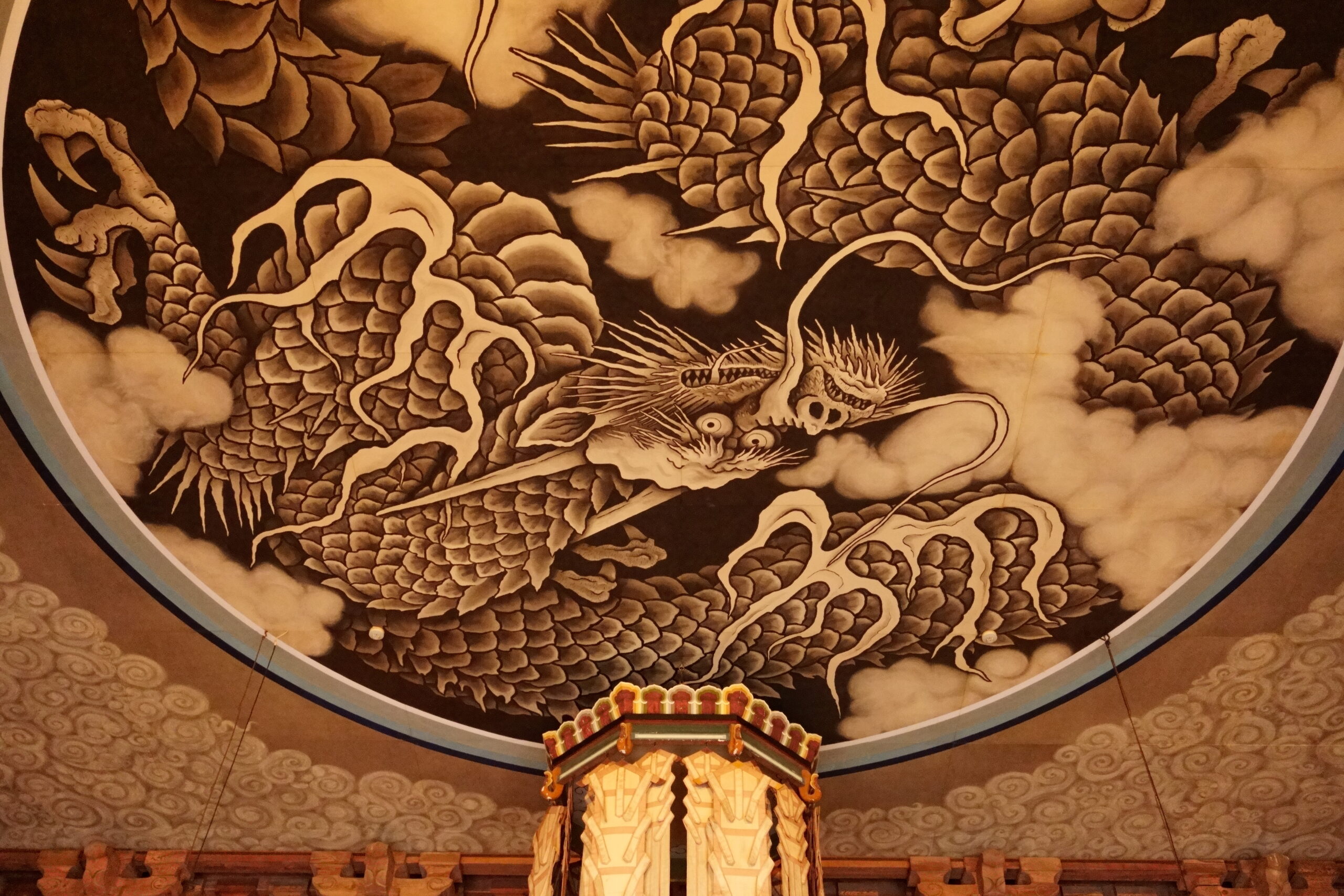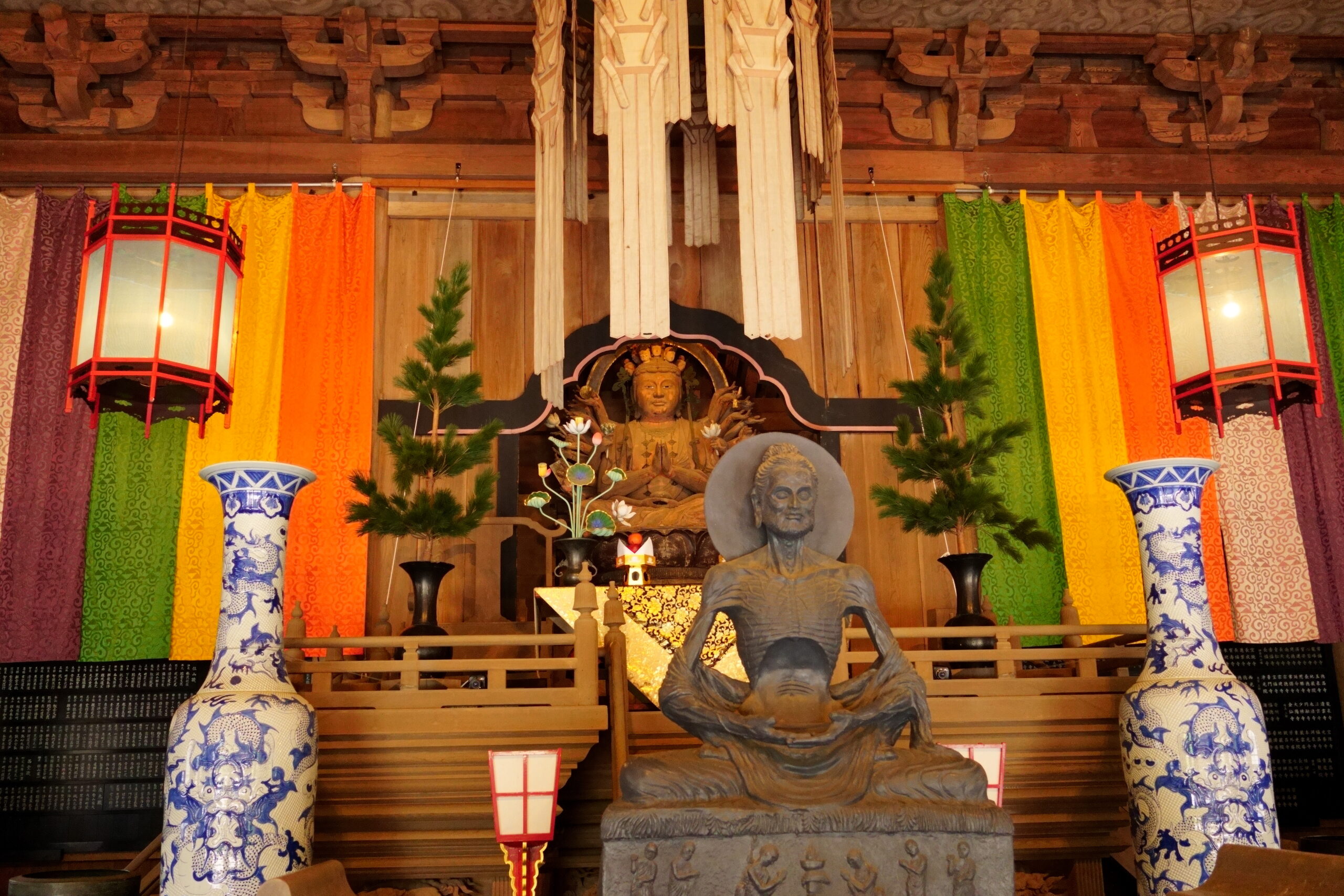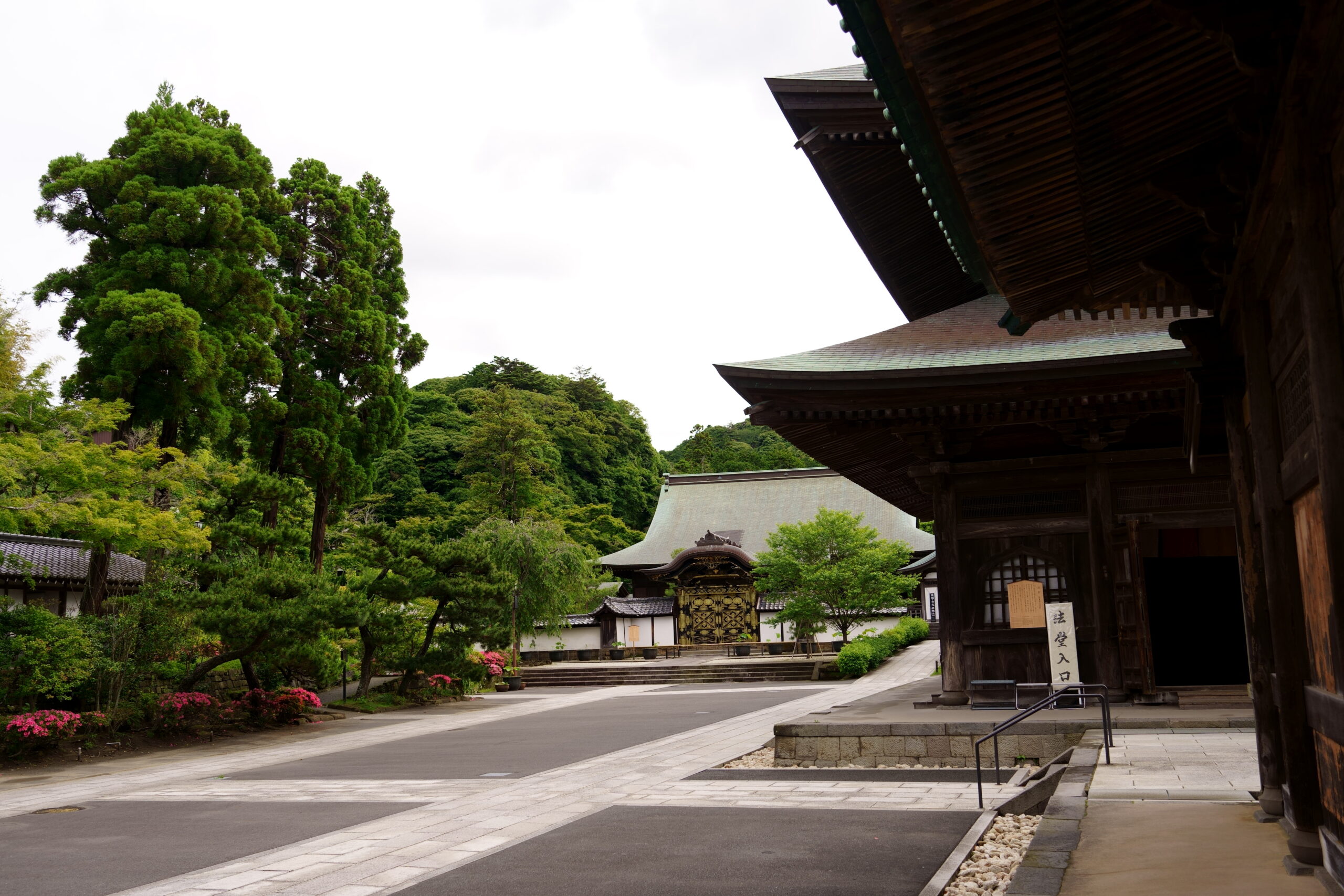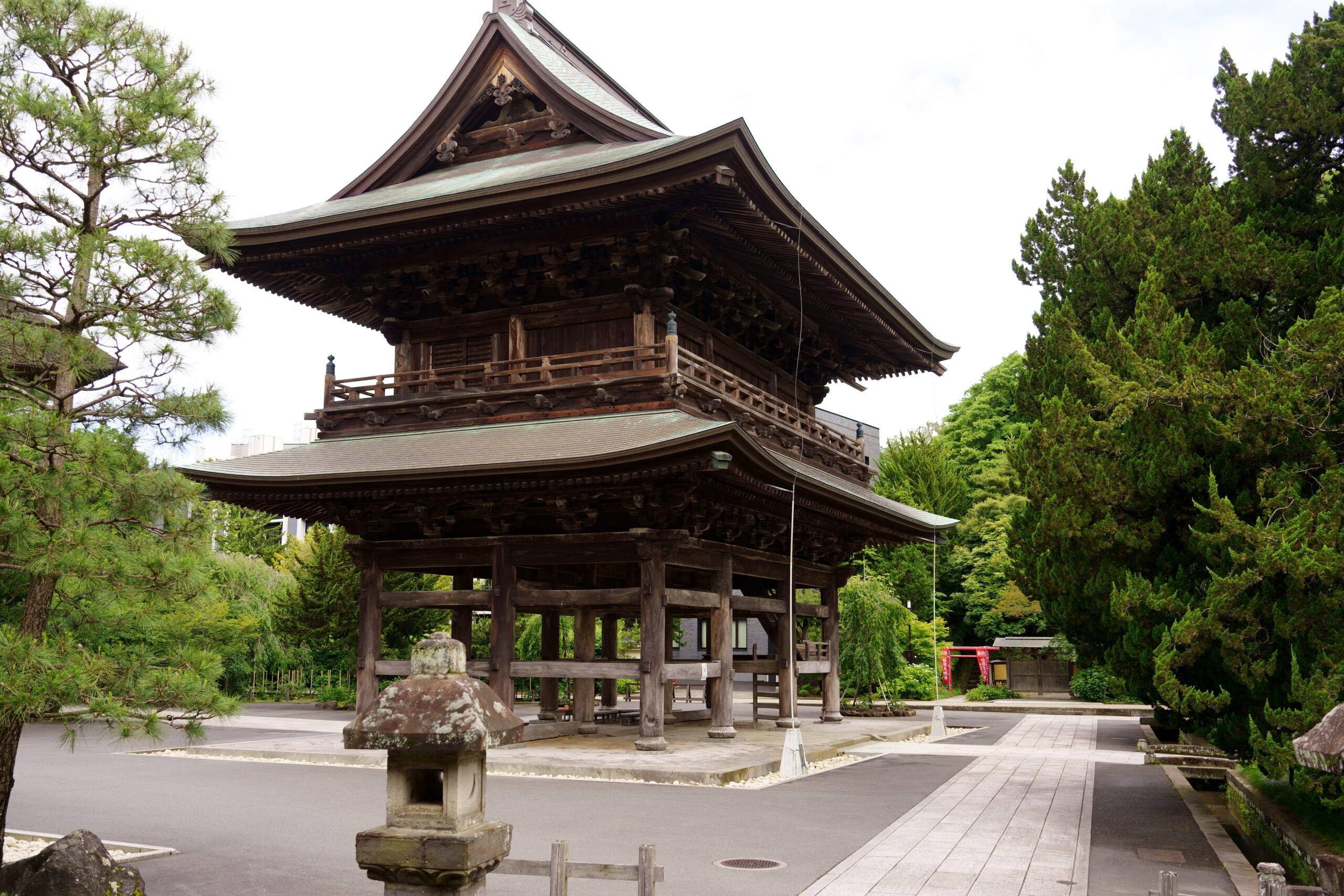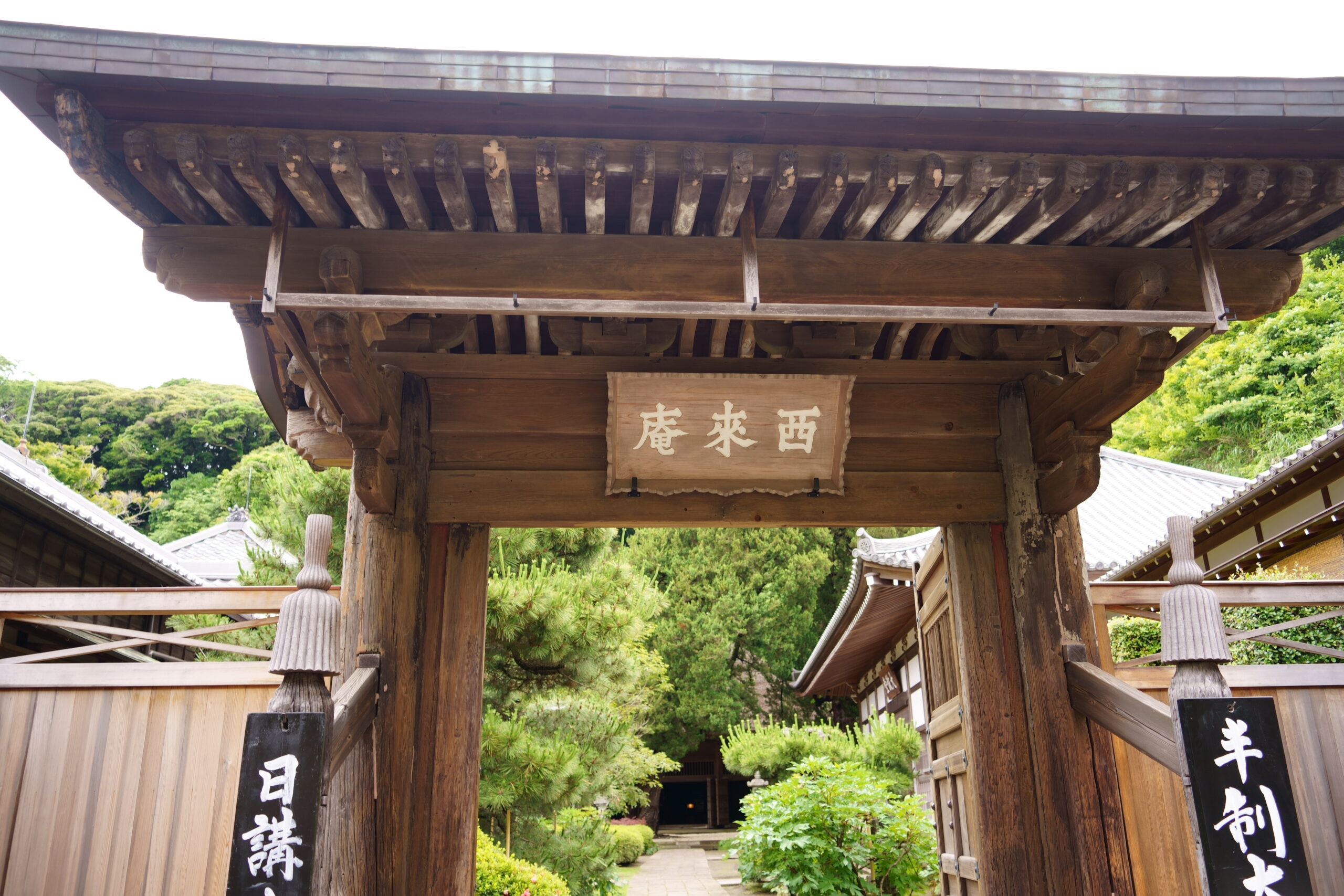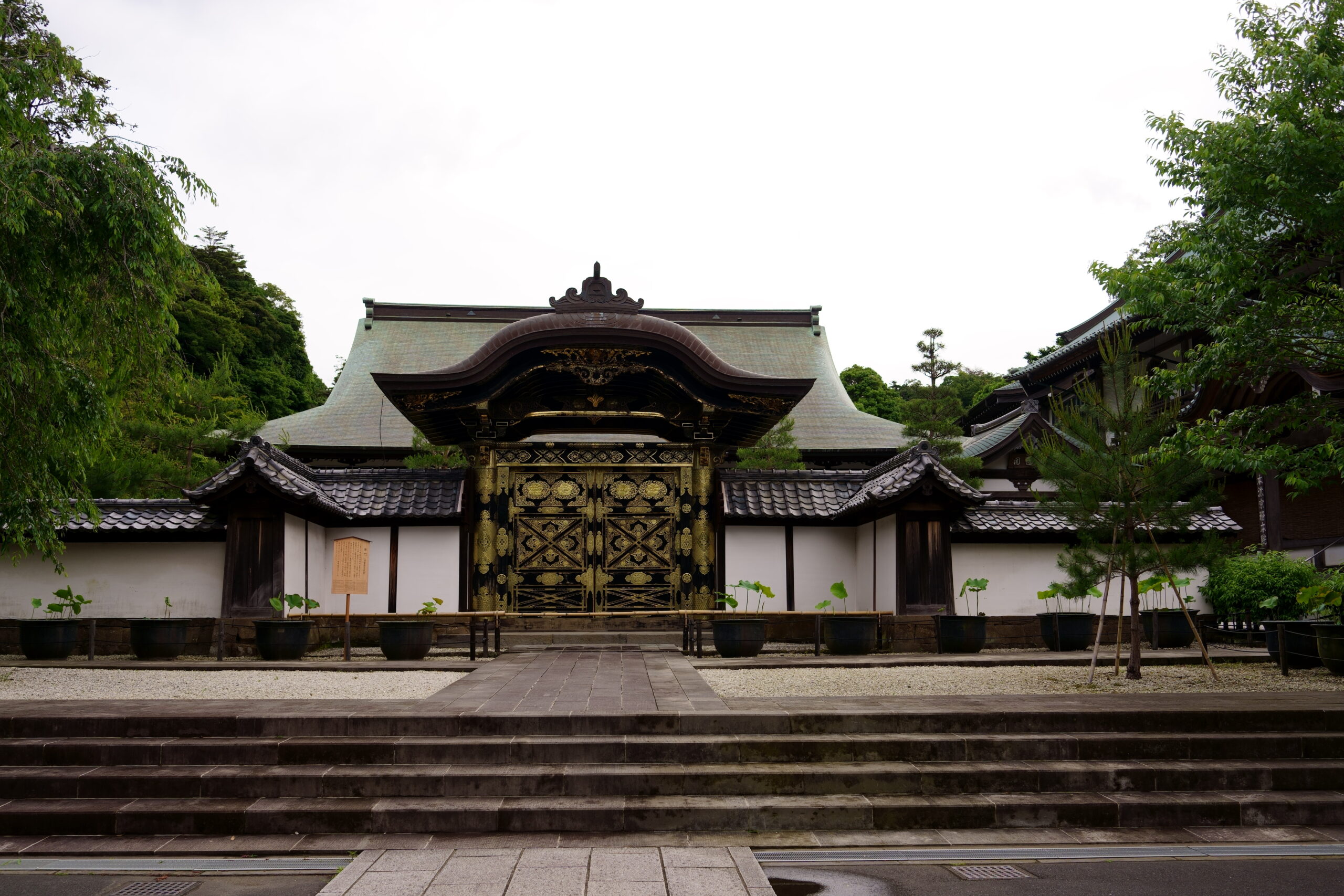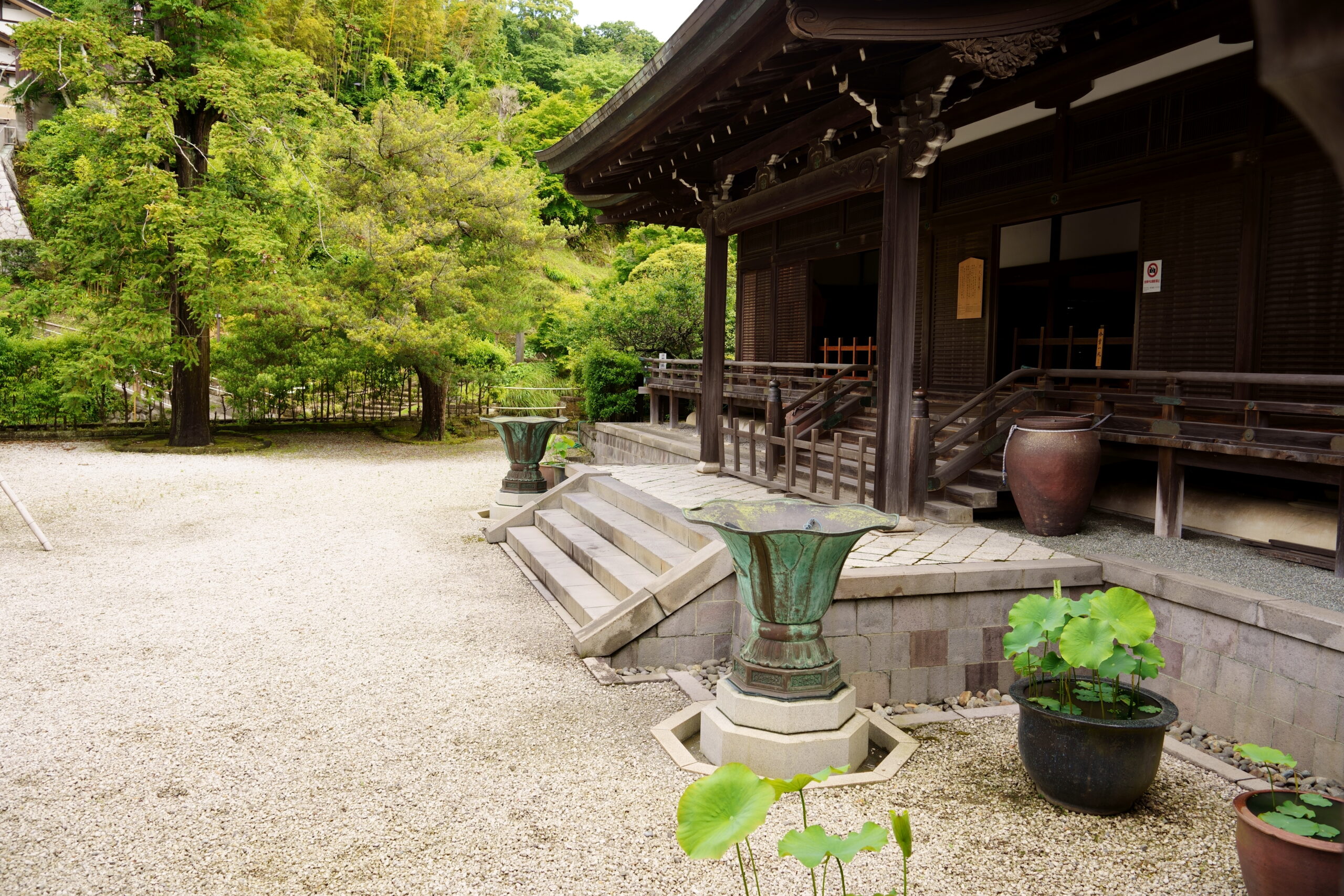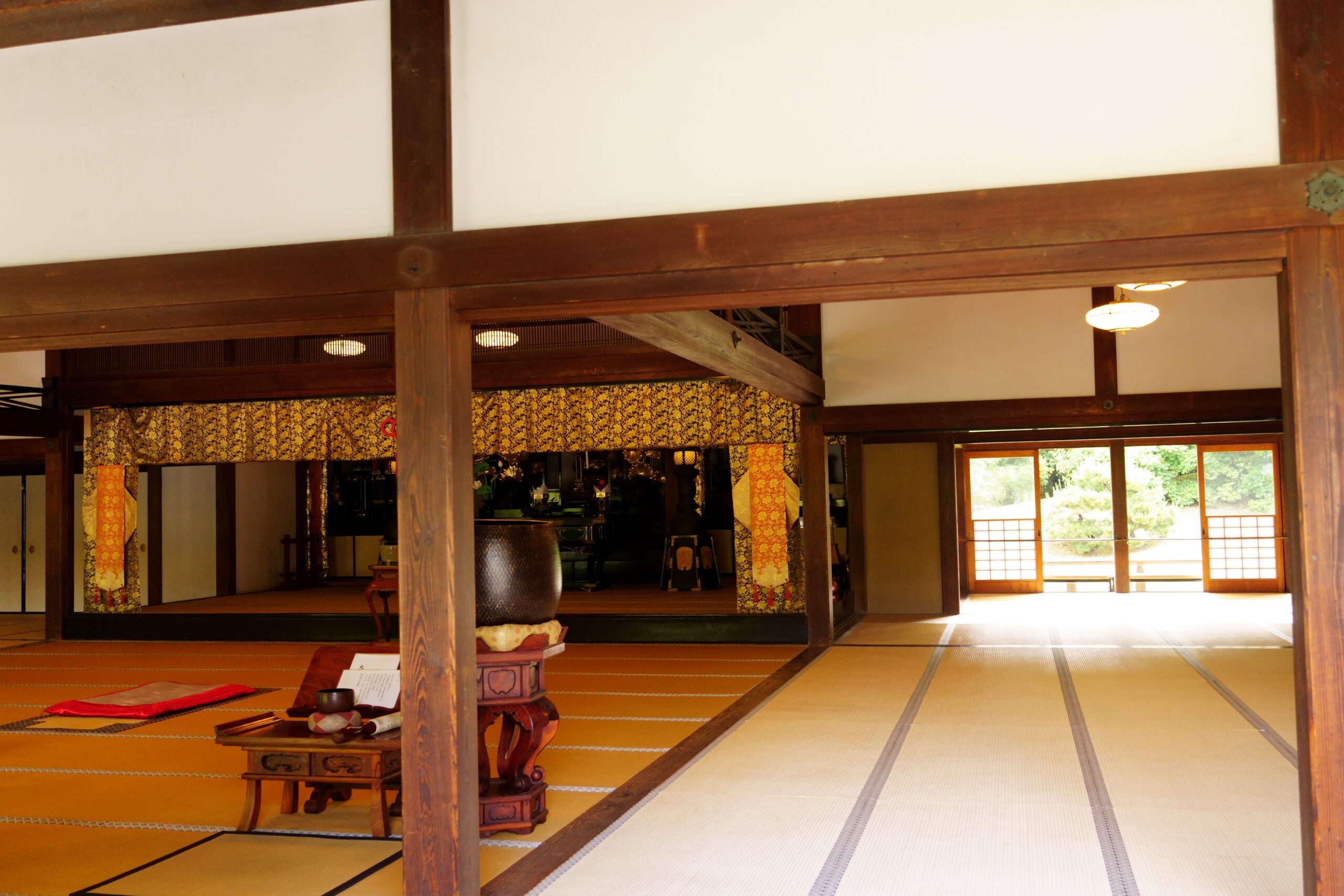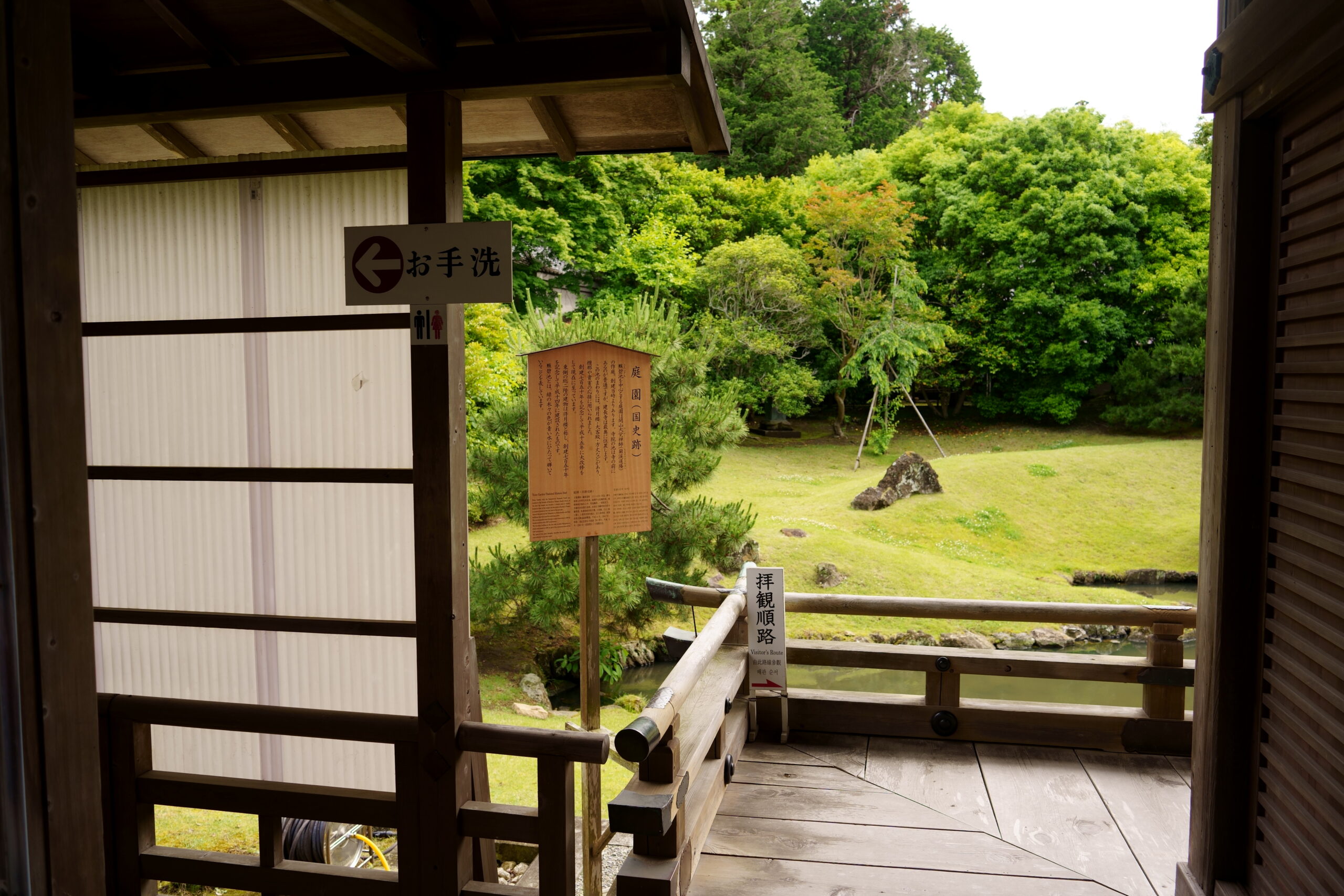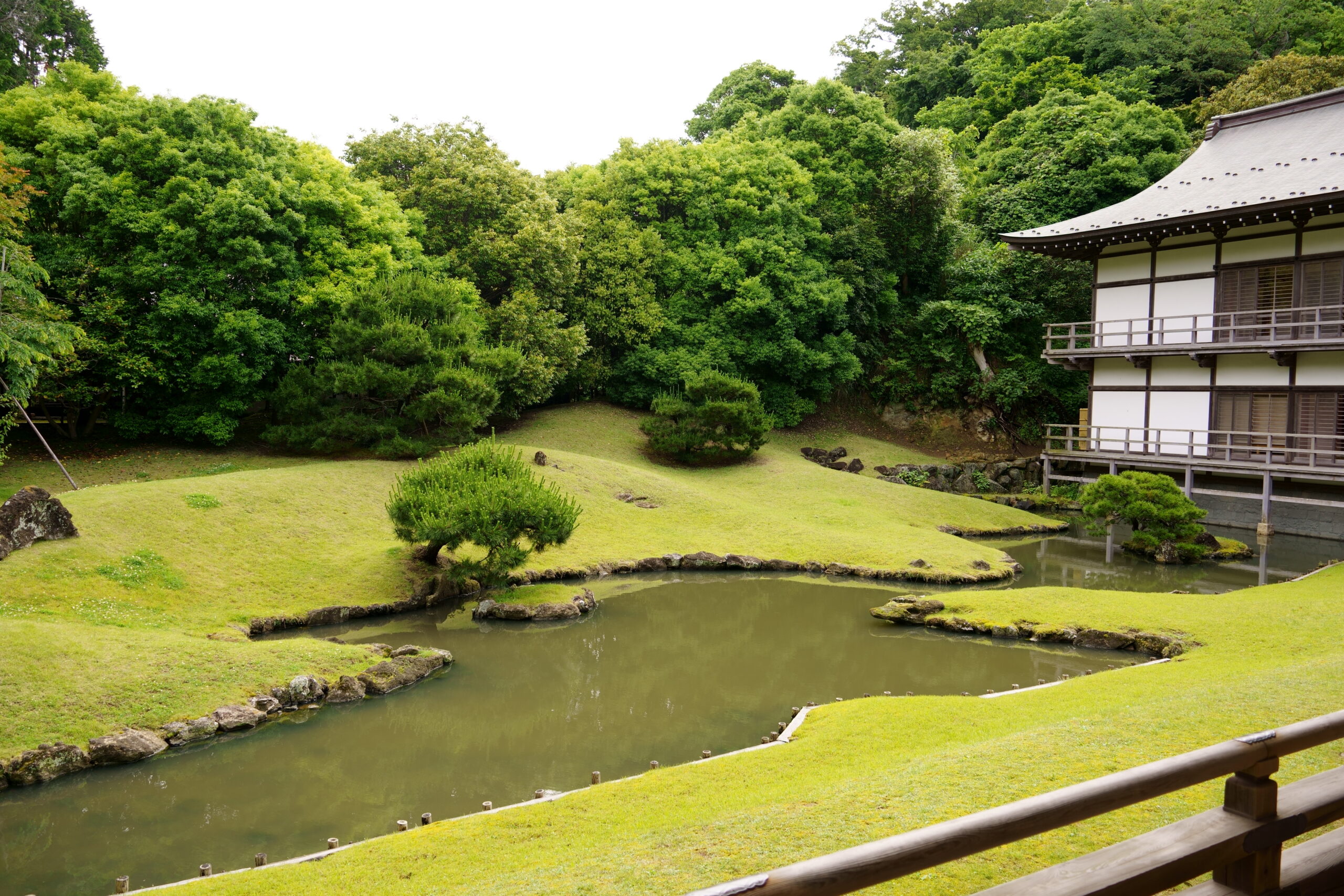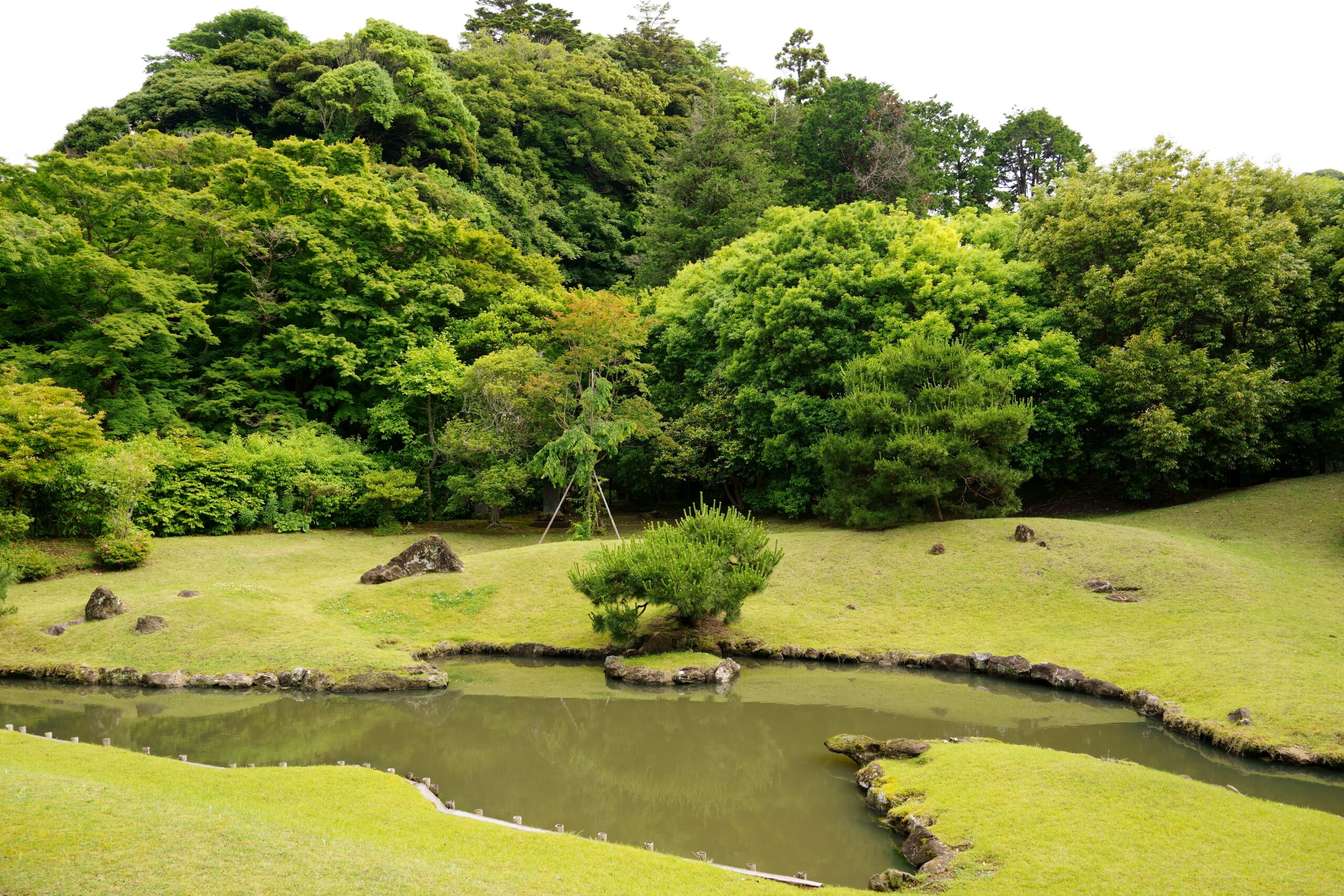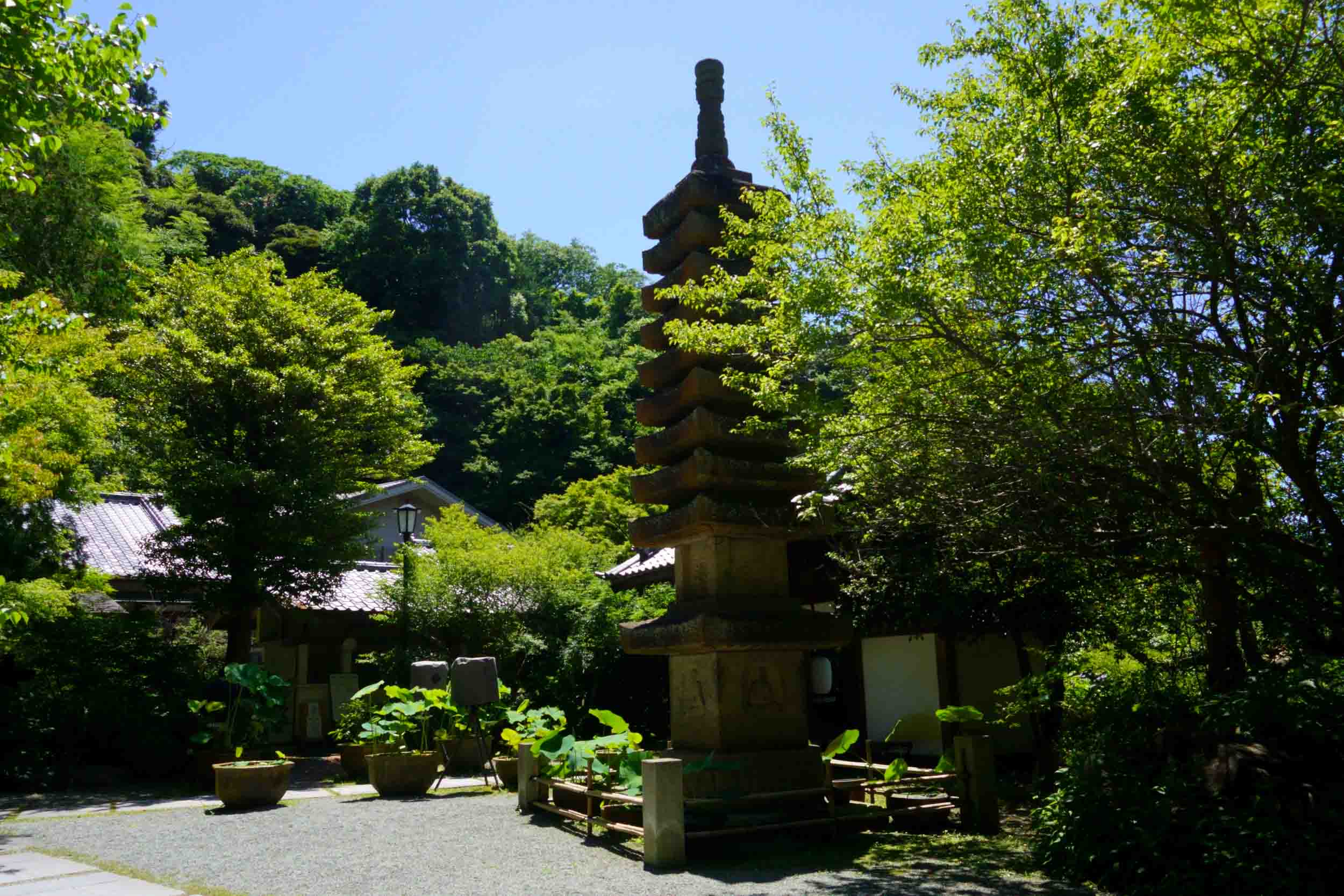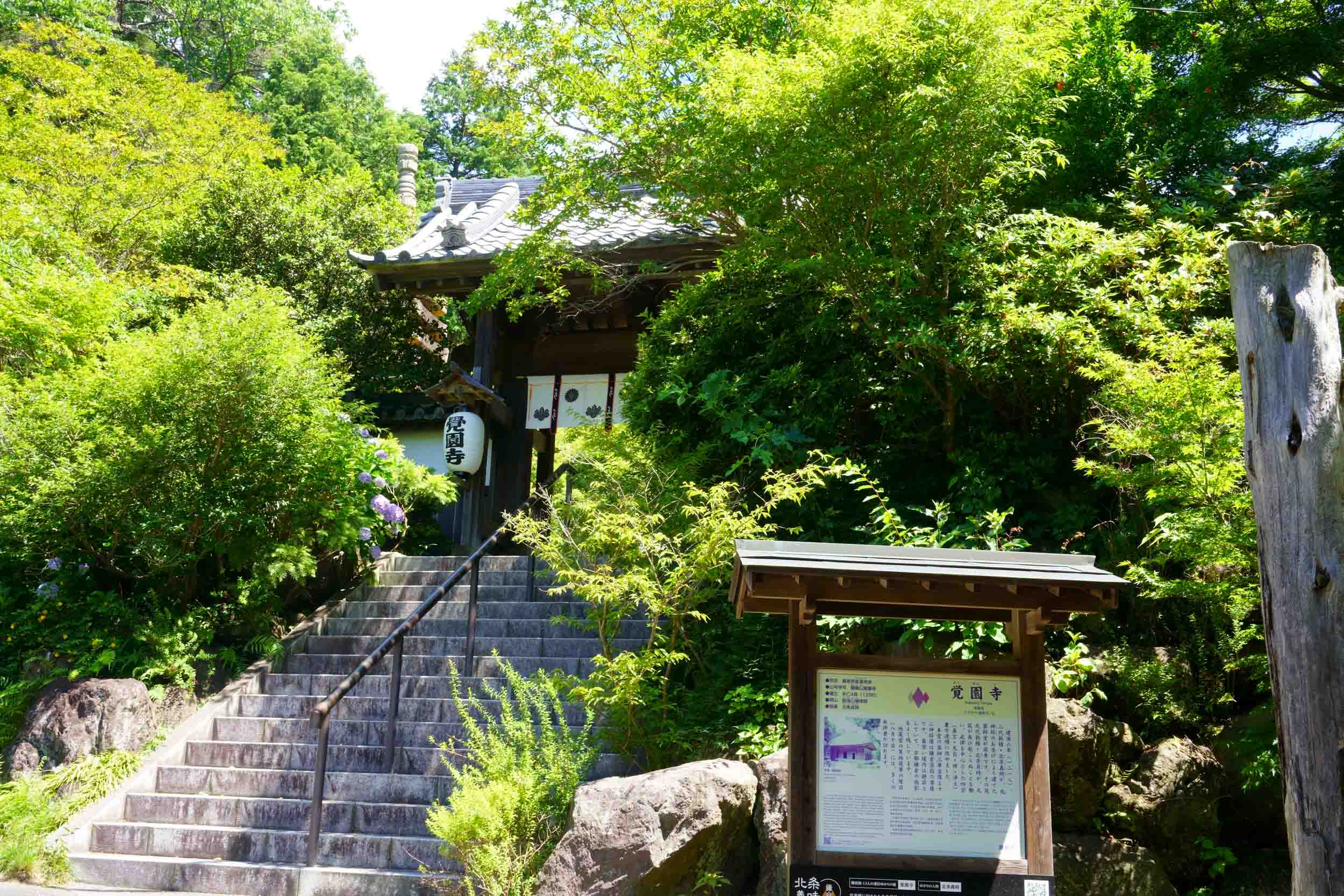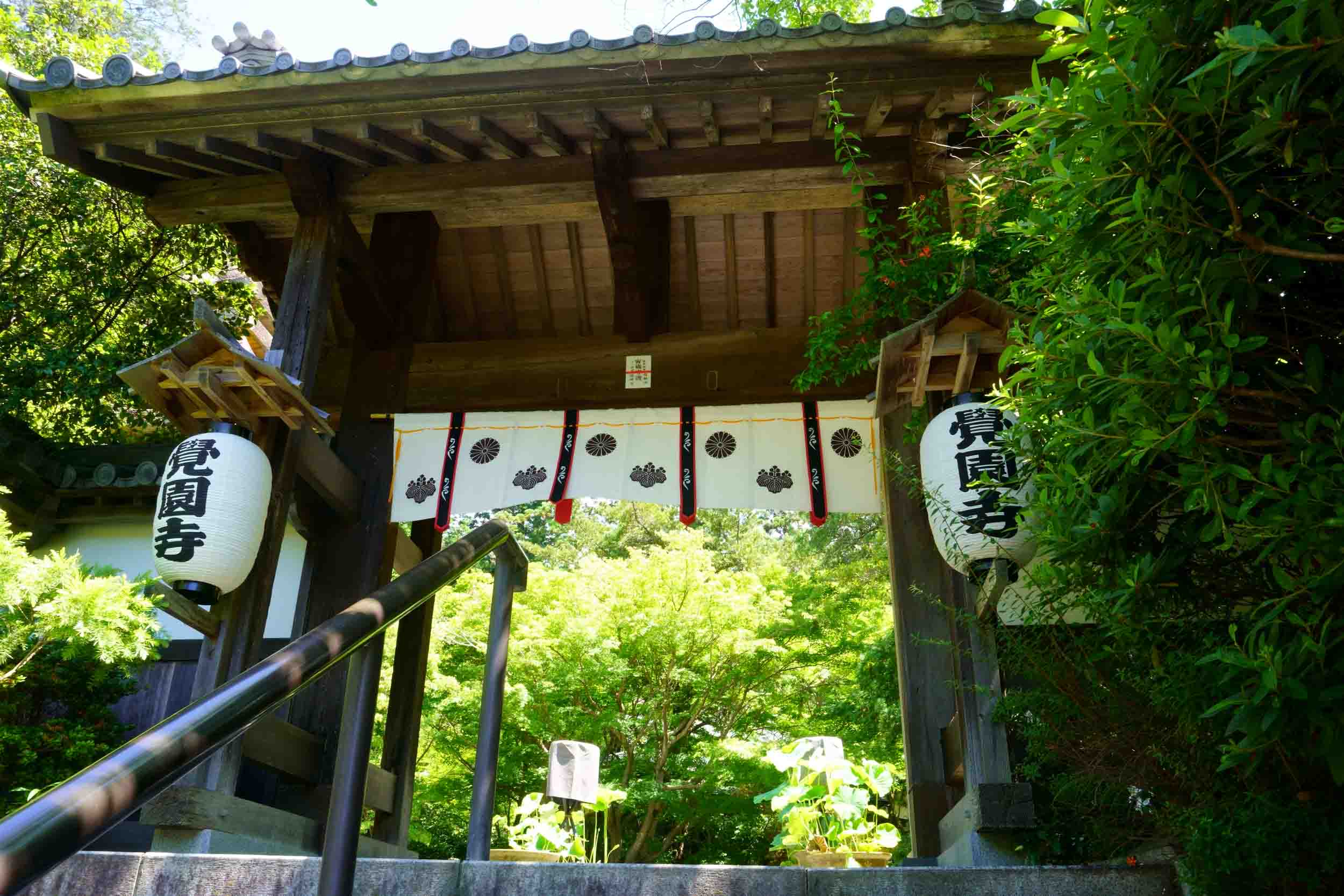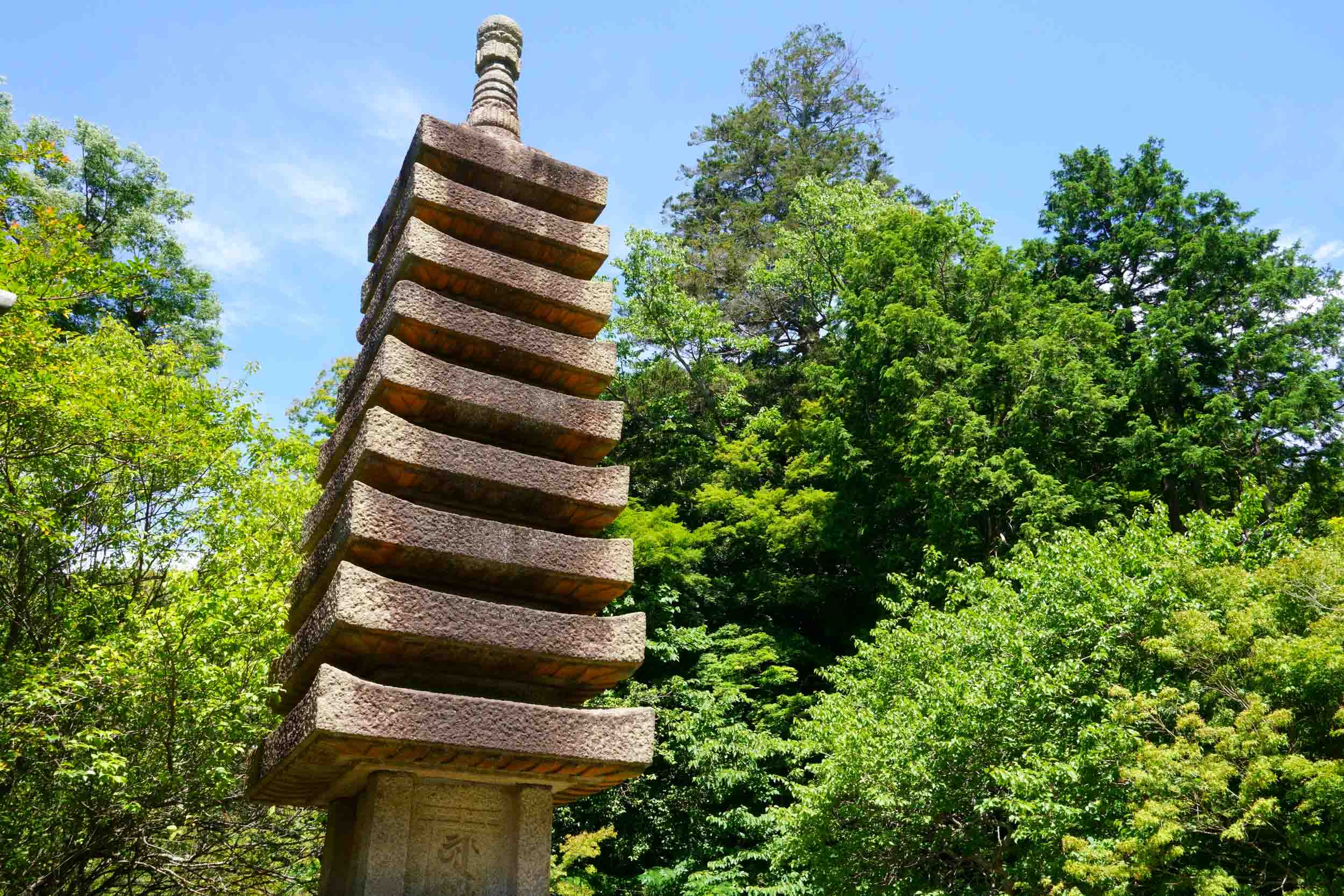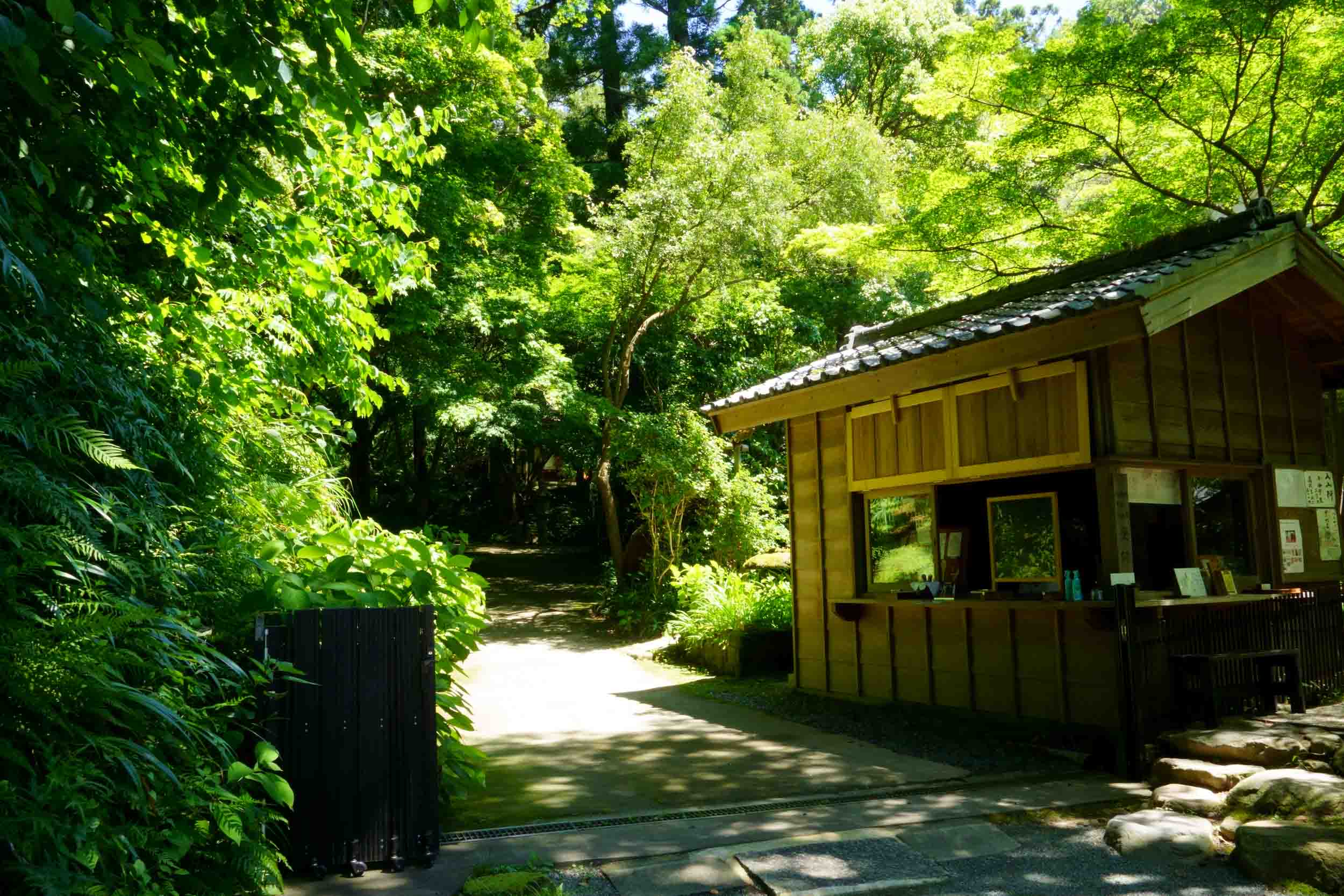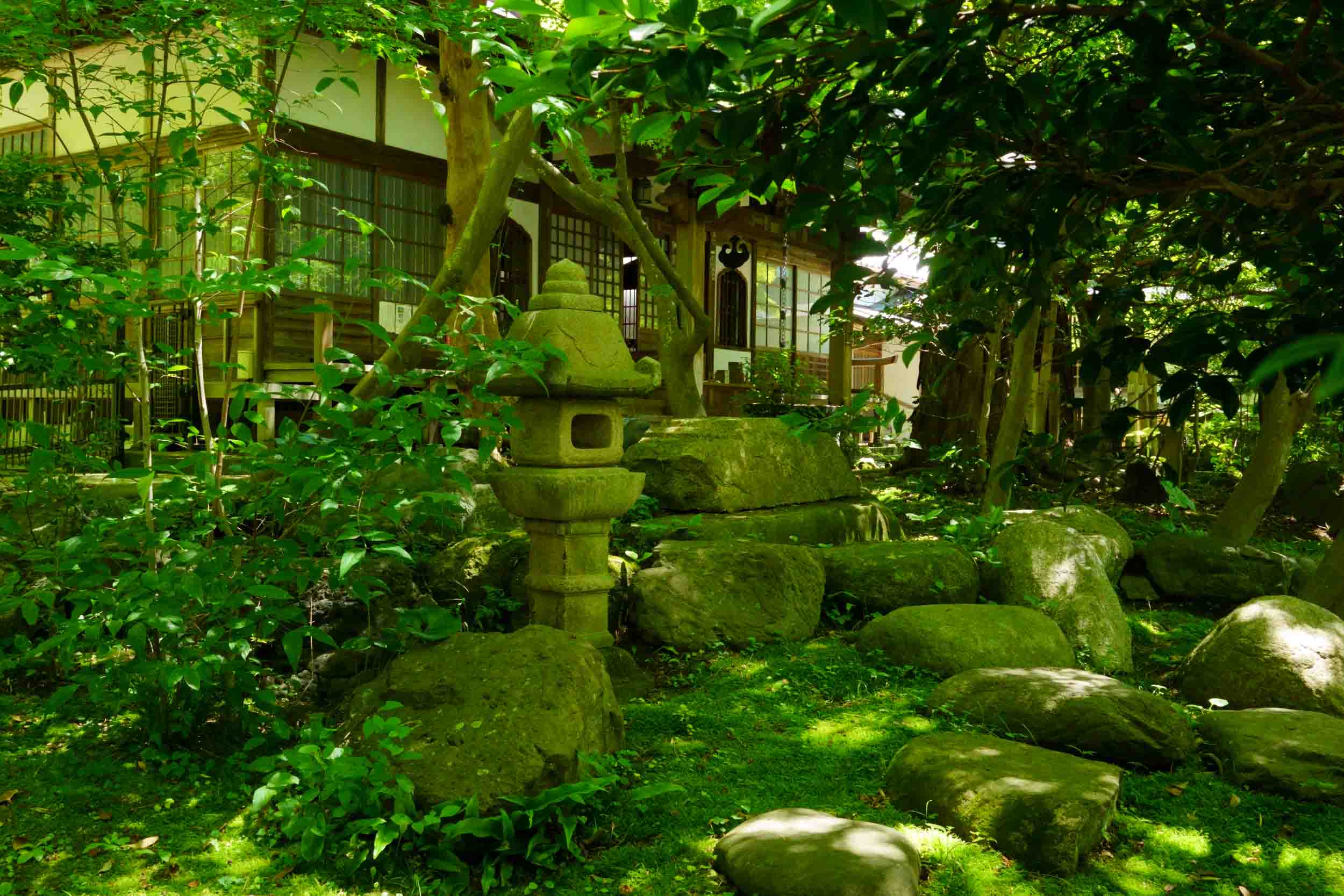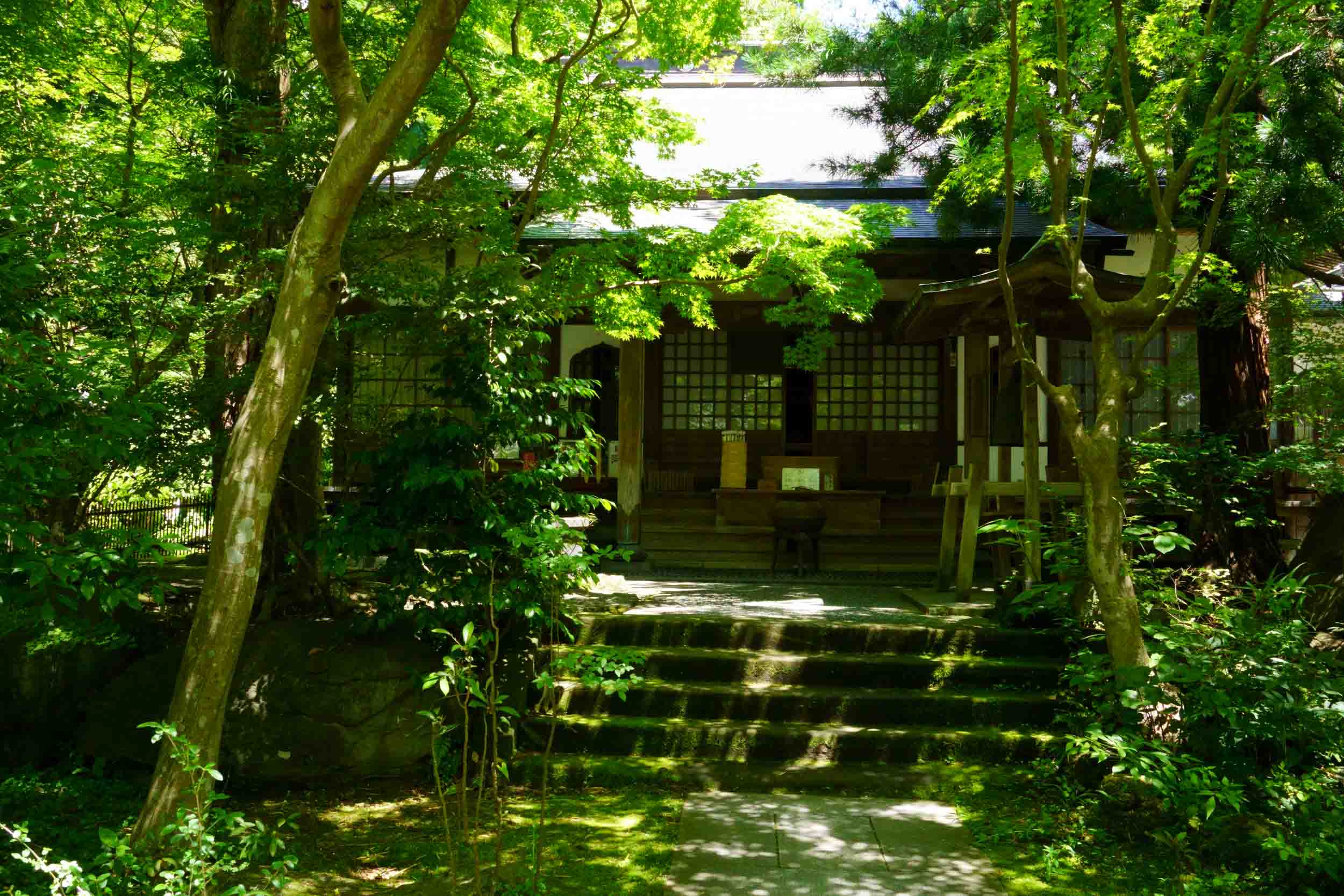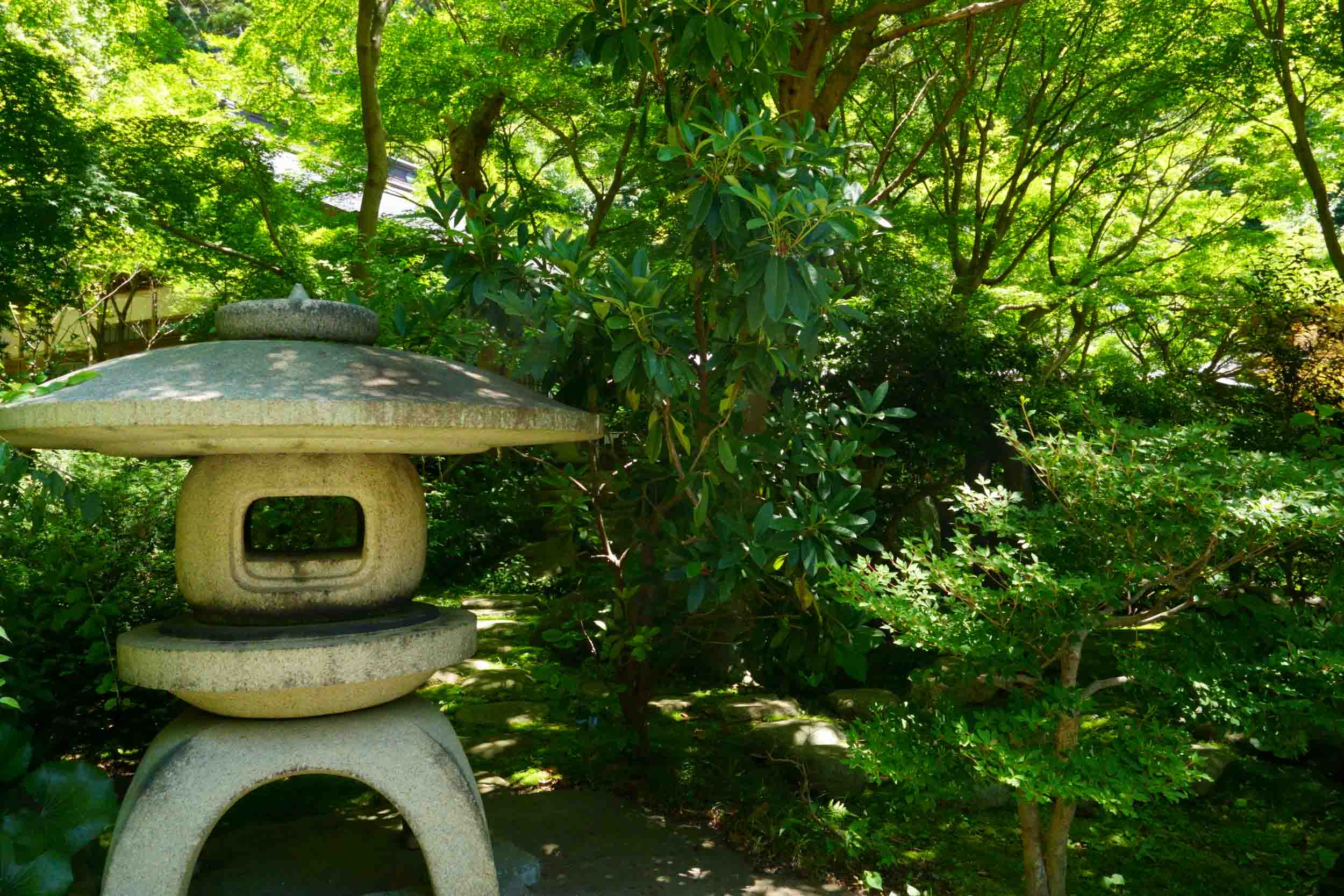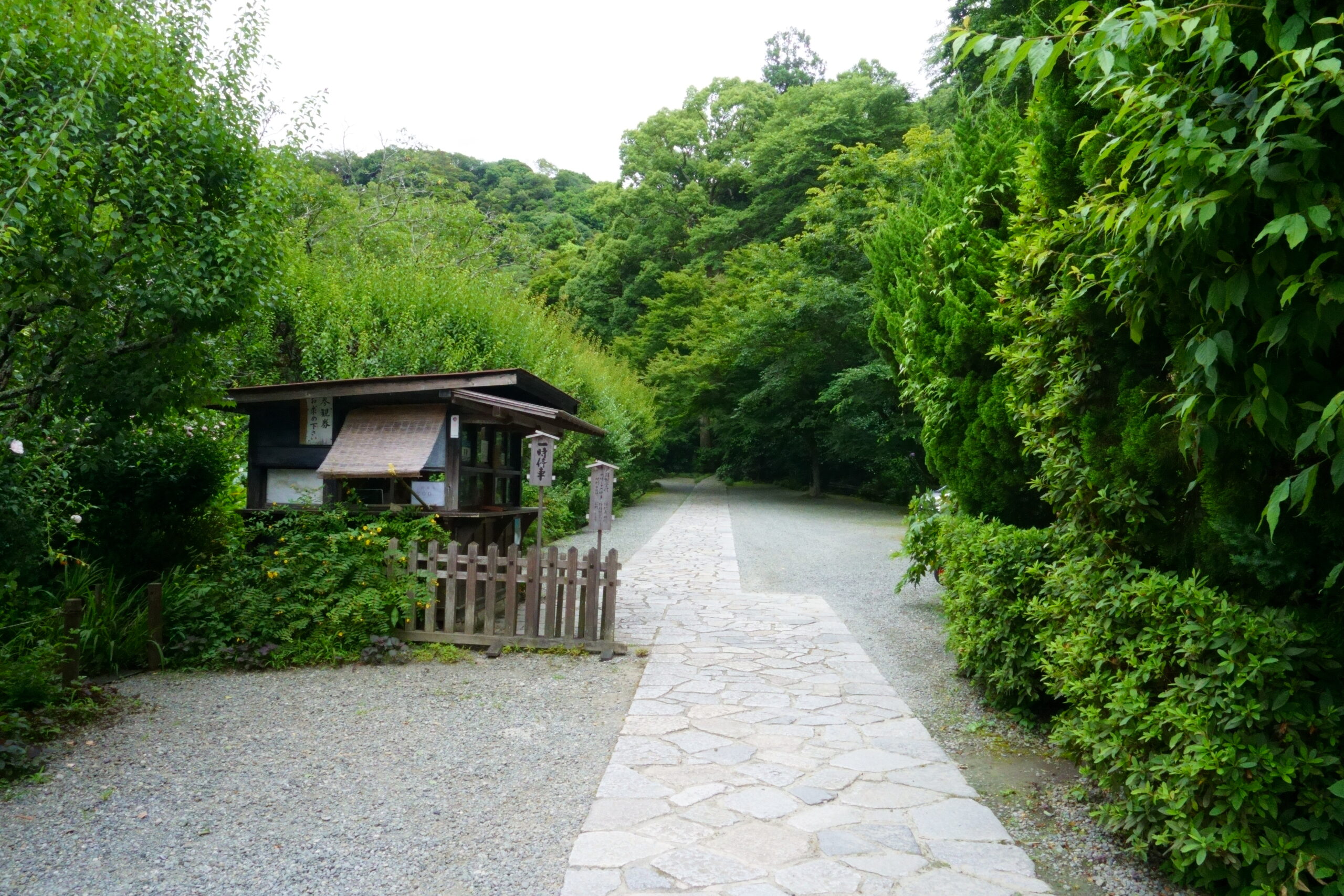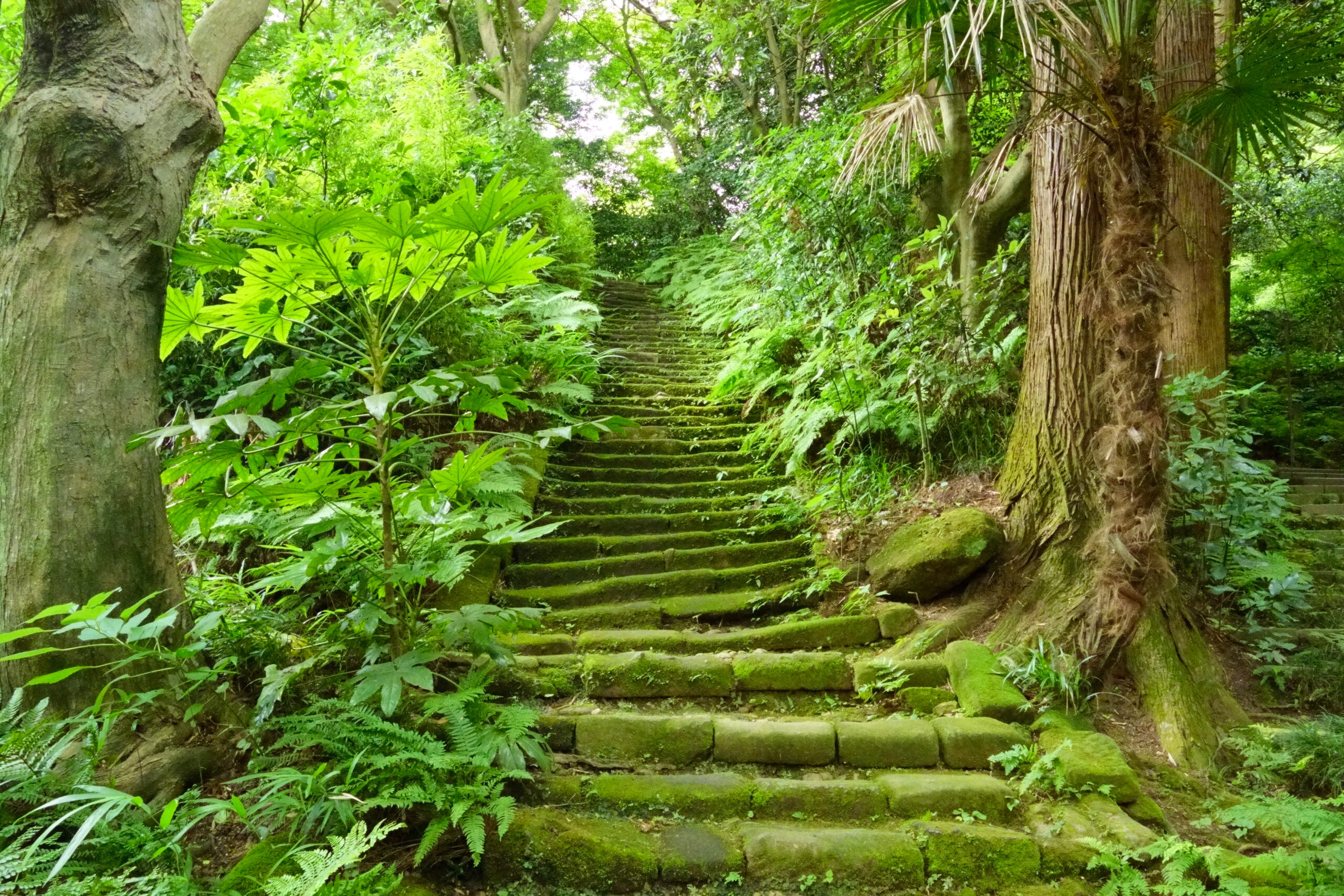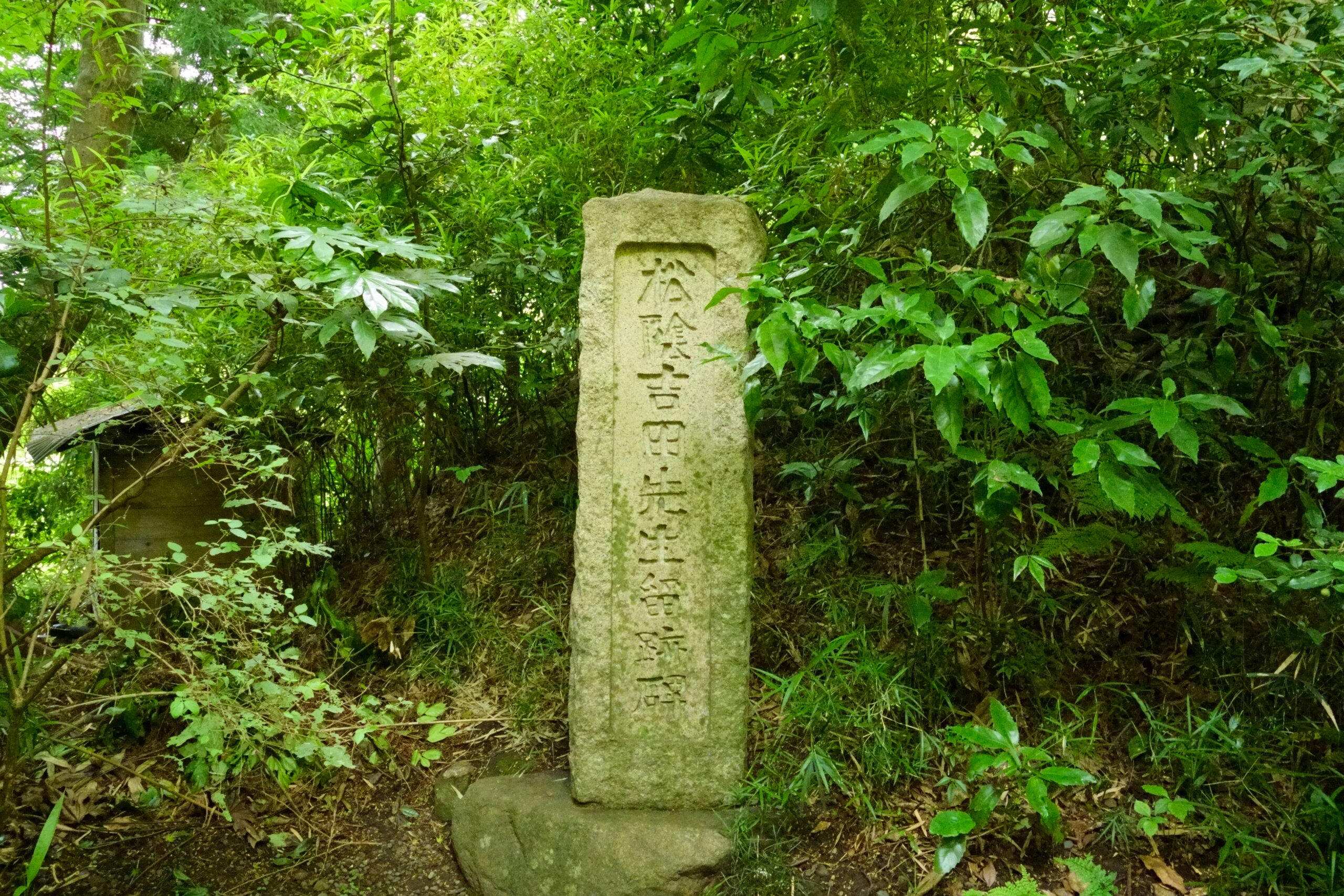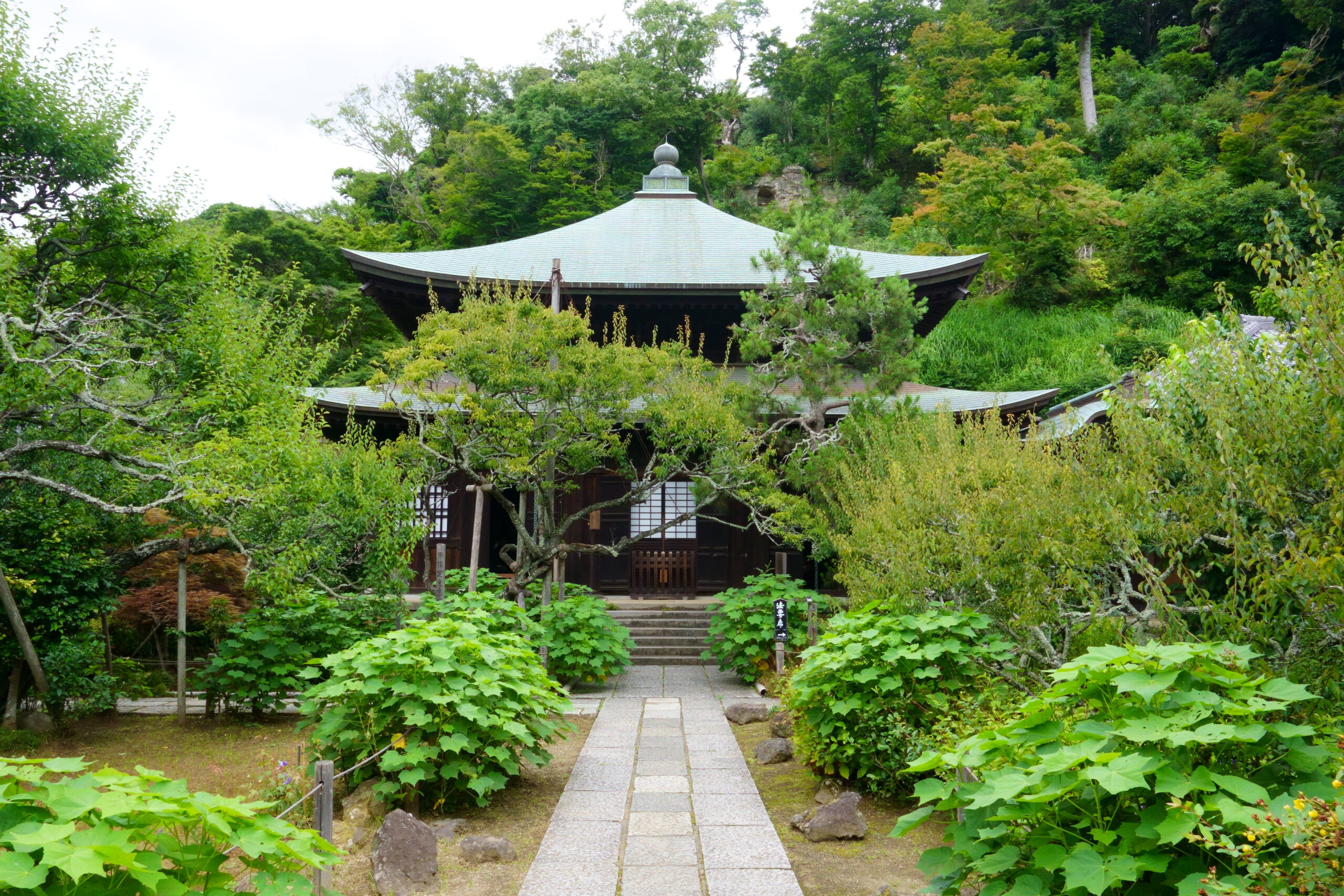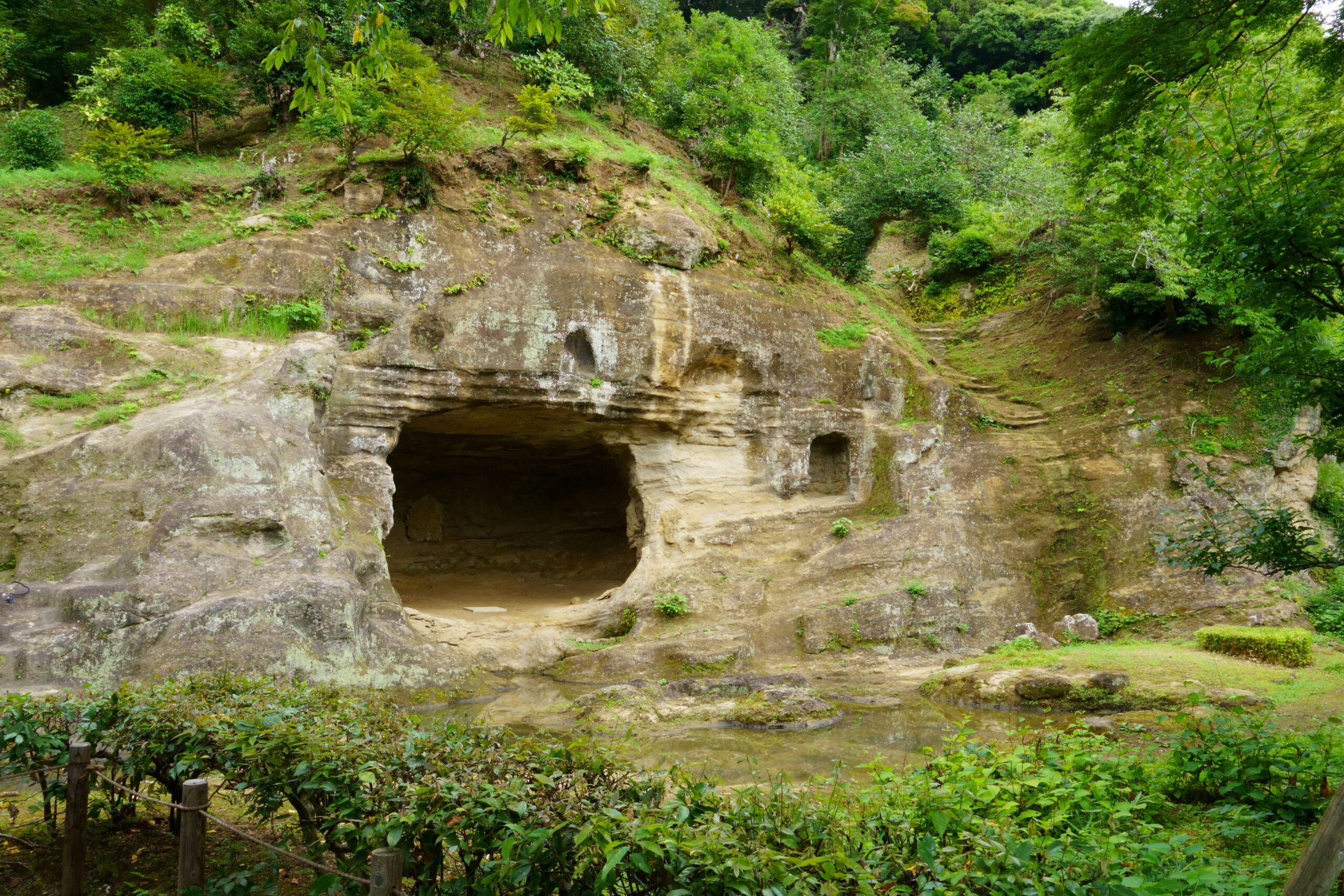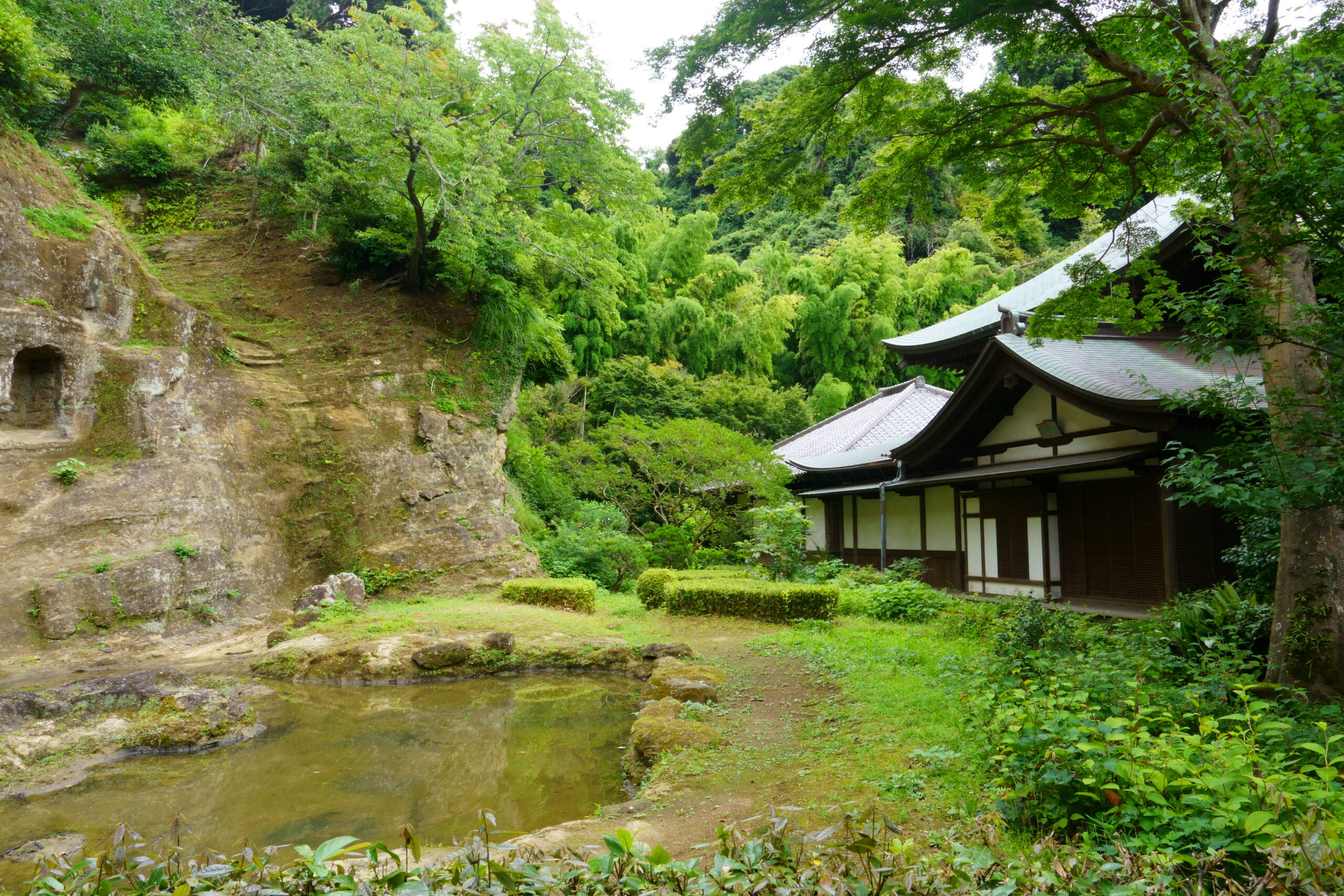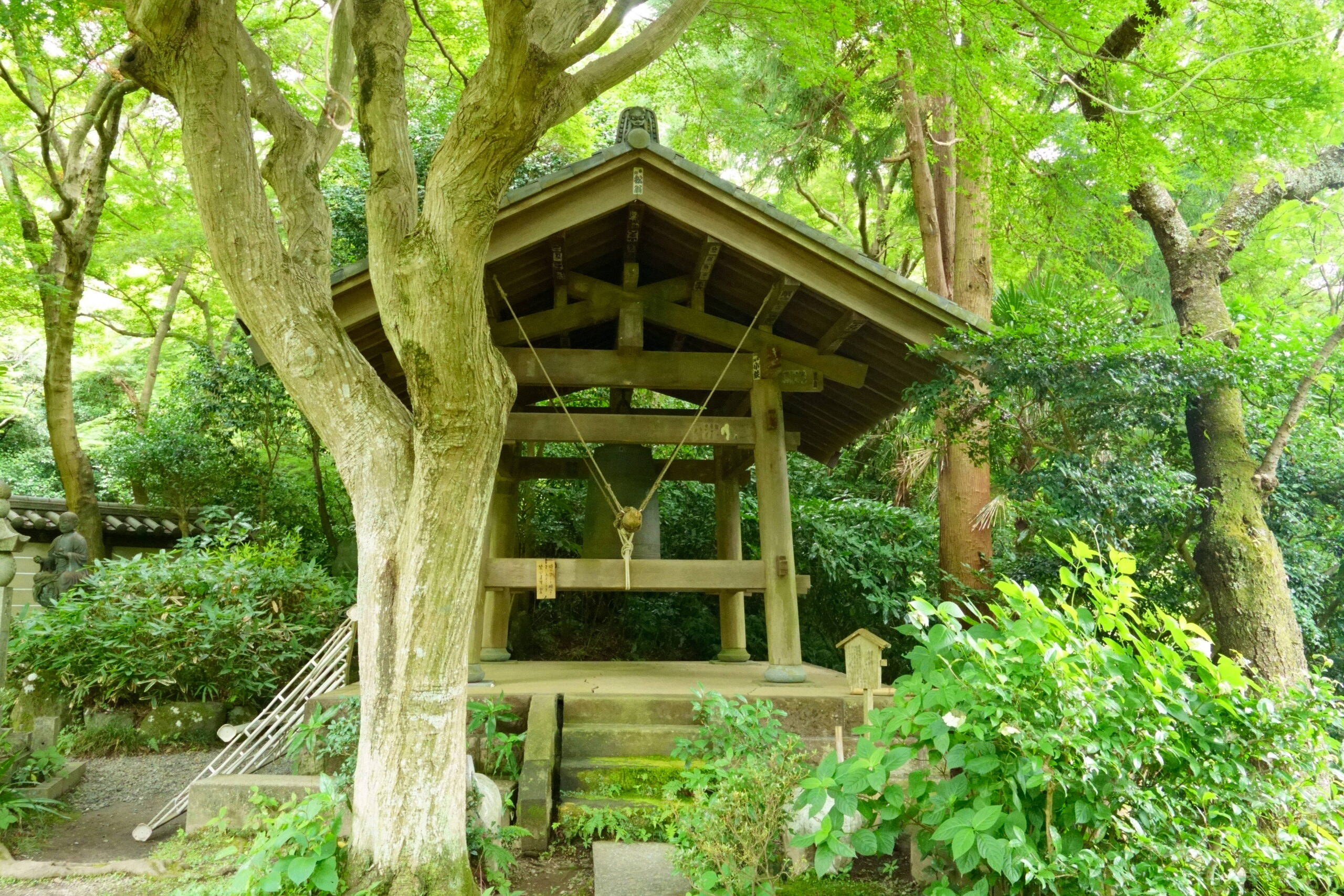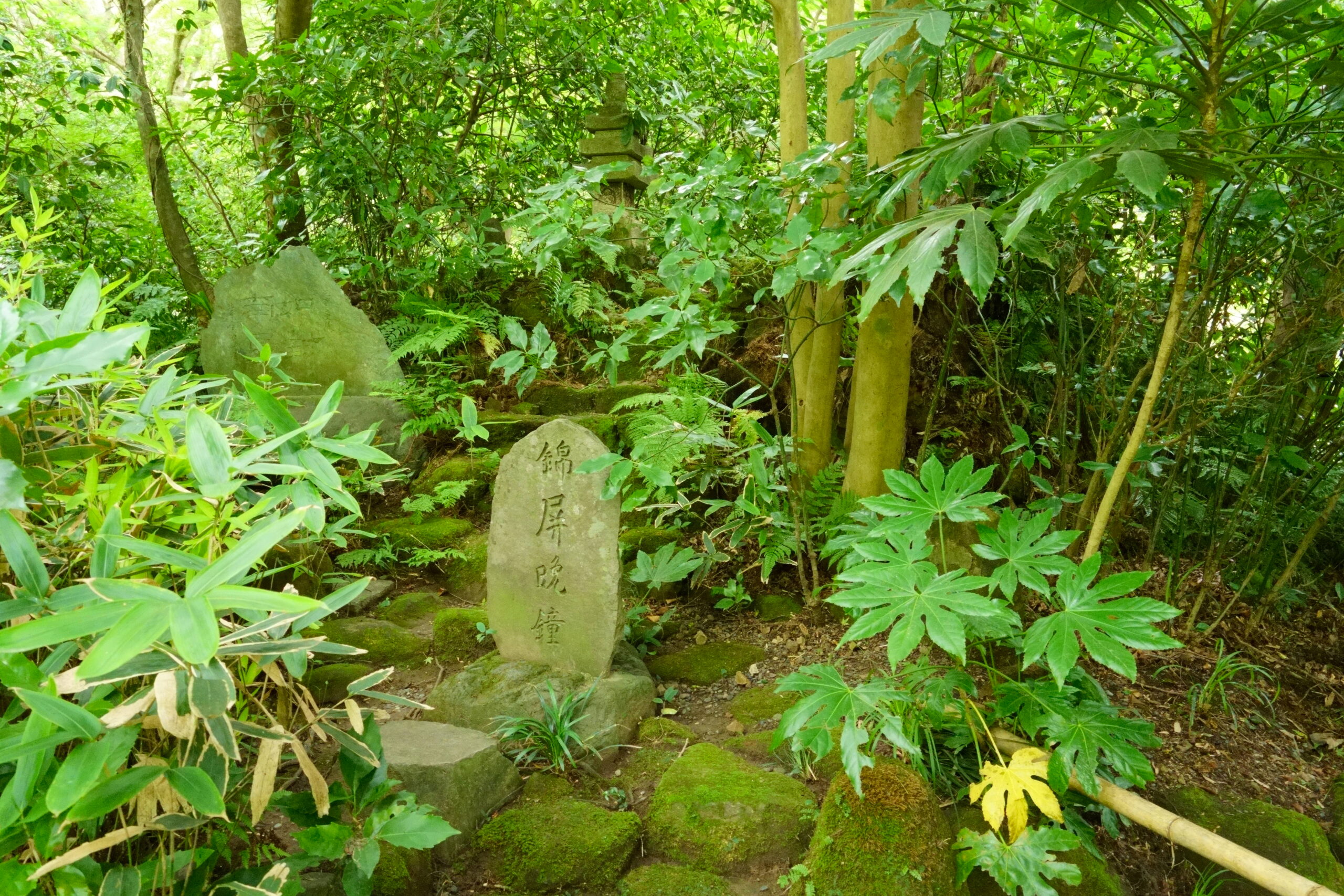Course D
Ten-en
Ten-en
There are entrances from famous temples such as Zuisenji, Kenchoji, Kakuonji, and Kamakura Palace, as well as from the Imaizumi Exit, or the Meigetsu-in Exit and the Junisho Shrine Exit, making this a course that can be enjoyed many times.
If you have the energy to traverse the Kamakura Alps, you can combine the trip with a trip to Mt.
Although the distance is long, the hiking trail is well maintained.
Course Outline
- Difference in elevation: There are some steep sections.
- Shoes: non-slip shoes There are slippery areas on sandstone and red soil.

![]() 00:00 Kenchoj Temple
00:00 Kenchoj Temple
Sweeping paths in the precincts of the temple
![]() 00:30 Katsujyoken Observatory
00:30 Katsujyoken Observatory
Ridge path with slippery spots
![]() 00:50 Juoh ROck
00:50 Juoh ROck
trail
![]() 00:57 Statue of Kobodaishi
00:57 Statue of Kobodaishi
trail
![]() 01: 35 Mt. Ohira summit(Mt.)
01: 35 Mt. Ohira summit(Mt.)
Ridge road and slope leading to the summit
![]() 01: 50 Ten-en Resthouse
01: 50 Ten-en Resthouse
Bamboo grove and ridge path
01: 52 Zuisenji/shishimai junction
02: 20 Kaihuki Jizo
trail
02: 35 Twelve places junction
Path through a cedar forest of bamboo grass and ferns
02:45 Entrance to Junisho Shrine
Residential Backstreets
Course Highlights
This course can be enjoyed in various ways by combining entrances and exits. It takes about 2 hours and 30 minutes.
D-1 Enter from Kenchoji Exit, visit Kenchoji Temple, take a break at Hansobo, and enjoy the view from Katsujyoken just above.
From Juohiwa, you can see Tsurugaoka Hachimangu Shrine and Wakamiya-oji Avenue. This is the way to the summit of Mt. Taiheizan, the highest peak in Kamakura, and Tenen.
D-2 This course takes you down to the D-2 Exit to visit Kakuonji Temple, which was founded by Hojo Sadatoki. This temple has been revered by successive generations of the Hojo family, regent of the Kamakura Shogunate.
To reach the D-3 Yofukuji Exit, walk along the valley of Shishimai-no-Tani. Walking along the Nikaido River stream, you will enjoy moss-covered rock surfaces, ferns, and the charm of the forest.
D-4 Course going down to Zuisenji
On the way, you can branch off to Junisho Shrine and connect to Asahina Kiridoshi.
We go down to the valley of the Hojo Lion Dance.
Main Branch Courses
D-1 Kencho-ji D-2 Kakuon-ji D-3 Yofuku-ji D-4 Zuisen-ji
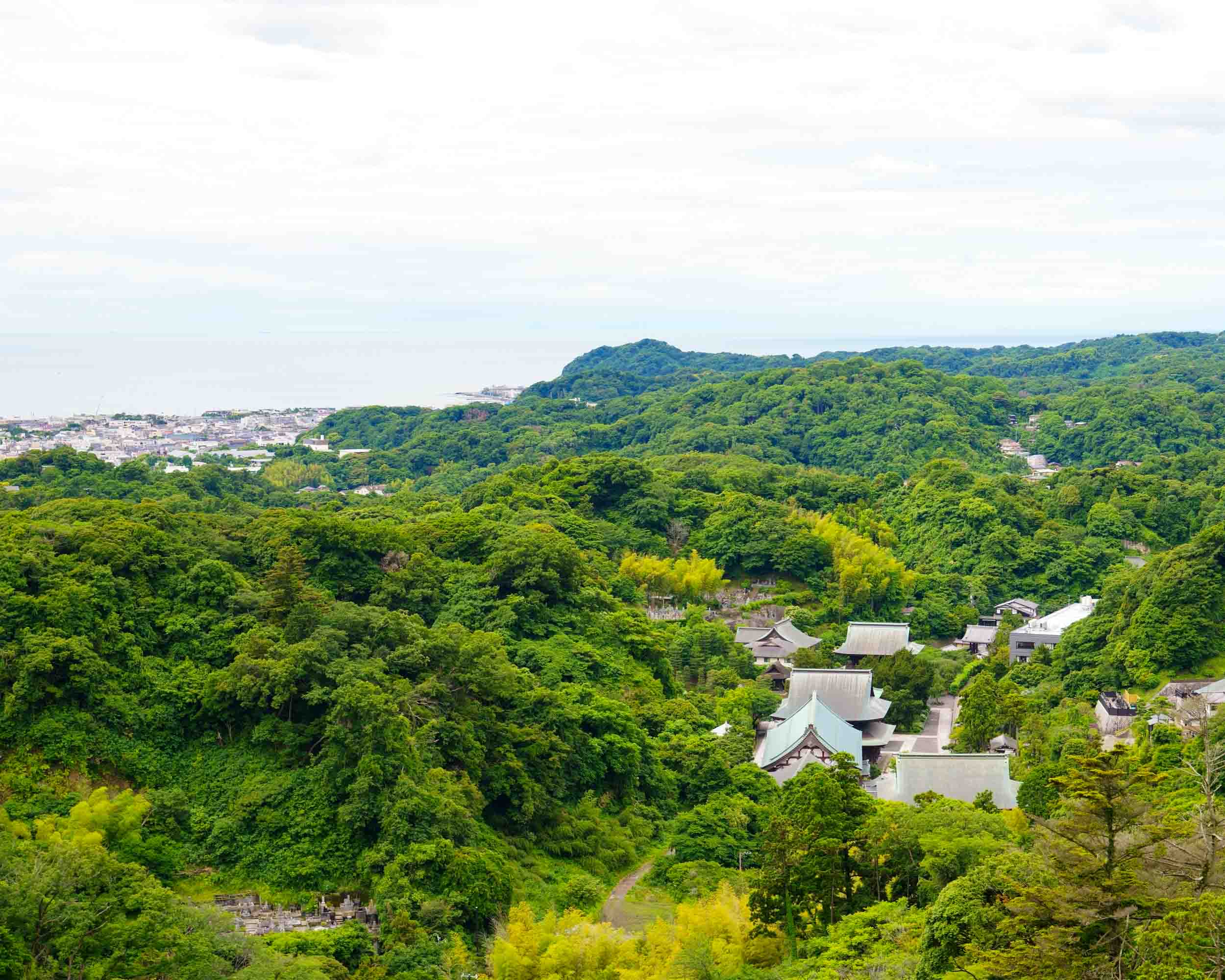
Katsujyouken Observation Deck ❸
It is located at the far end of Kenchoji Temple, about 5 minutes uphill from the Jizo Hall where the Katsusho Jizo is enshrined. It is about a 30-minute walk from the main gate of Kenchoji Temple. It is a superb viewpoint from which you can see the entire Kenchoji Temple, Sagami Bay, the Izu Peninsula, and, if the weather permits, Mt.
This observation deck is the junction to Imaizumidai 4-chome and the Meigetsu-in side entrance.
Juoh iwa❹
A large tuff rock not far from the Katsujyouken Observation Deck. Three statues of the Ten Kings are carved on the surface. The flat area next to the Juoh Iwa offers a spectacular view of Wakamiya-oji Avenue, which stretches in a straight line, and Sagami Bay. The origin of Juu-o Iwa seems to come from the fact that it was also called “Aroused Juu” because of the eerie noises it made at night.
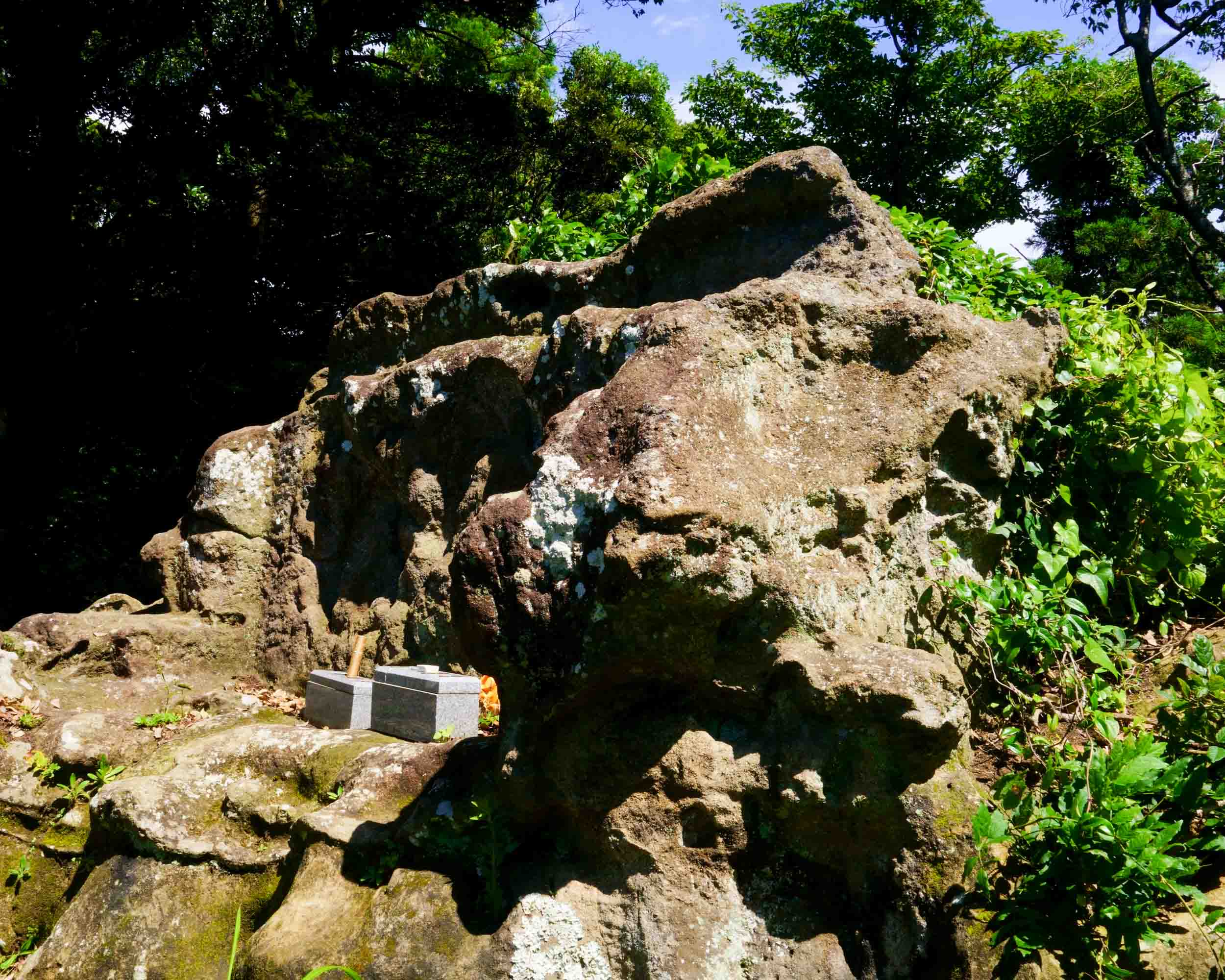
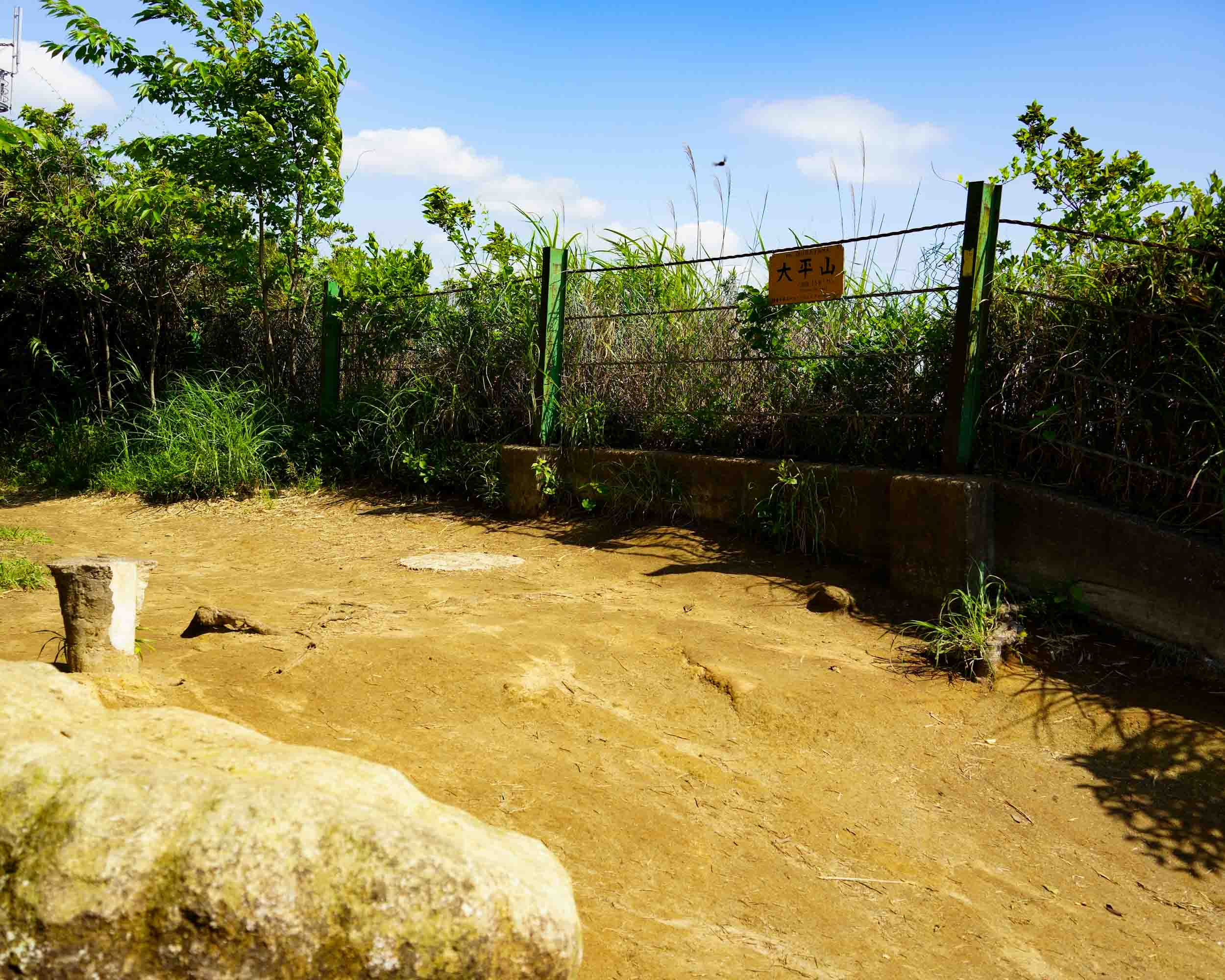
Mt.Ohira Summit❽
Ohirayama is the highest peak in Kamakura City. It is 159.2 meters high. The area around Mt. Ohira is called Tenen. It is just on the border with Yokohama City and is the highest point in Sakae Ward. This is the point where the previous branching off point is located. It is said that the name “Ten-en” comes from Heihachiro Togo’s description of the area as “like playing in a heavenly garden.
Valley of the Lion Dance❿
From Tenen, the trail splits into two directions: toward Shishimai-no-Tani and toward Zuisen-ji.
Shishimai-no-Tani is a walking route through a ravine along the Nikaido River. It is cool even in summer, and visitors can enjoy ferns, rock surfaces, and deep forests. In the fall, the leaves are wonderful, and the fall foliage viewed from along the valley is spectacular.
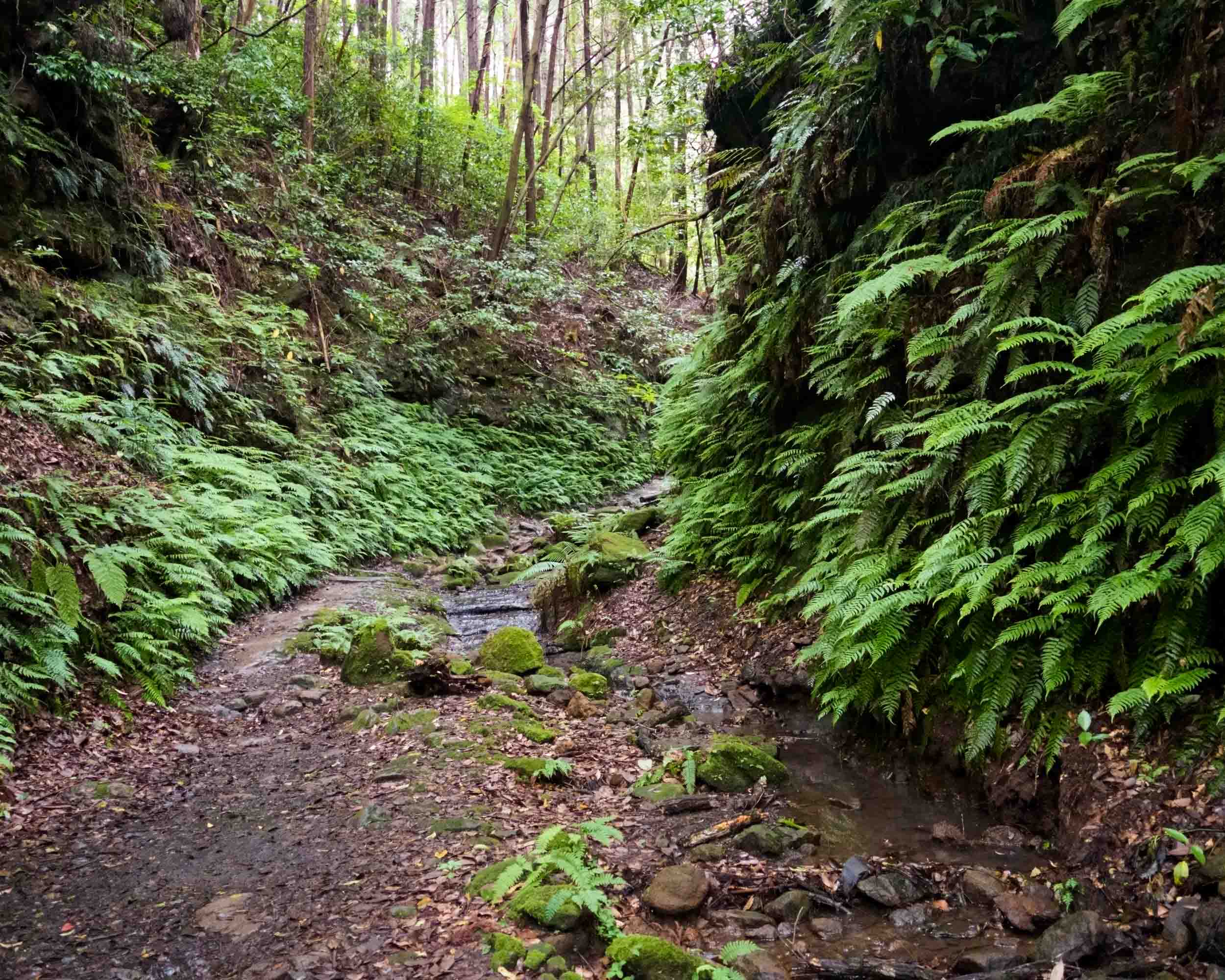
Before the start
(one’s) whereabouts
Check the restroom
There are a few in the middle of the course and near the course, although not many for the distance. There are also some near the start of the course, but not near the finish line at the Twelve Exits.
For detailed locations of restrooms, see Toshi’s Kamakura Hiking Map.
Packed lunches and beverages
vending machine
It is located at the “Tenen Rest Area” in the middle of the course, but is resort priced. It is located near before the start/after the finish.
For information on nearby vending machines, see Toshi’s Kamakura Hiking Map
(The photo shows a vending machine at the Tenen Rest Area.)
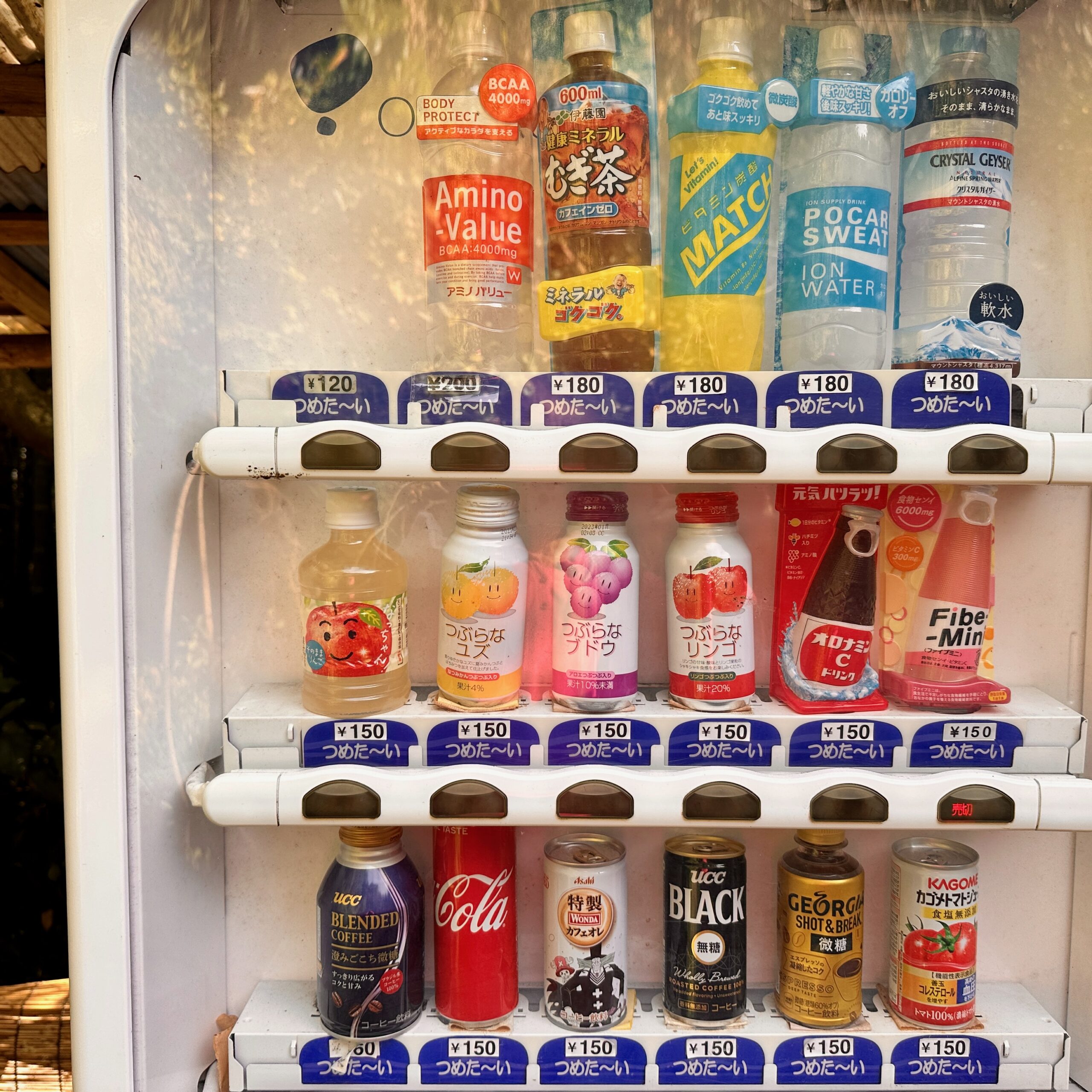
recommendation
Delicious Inari Bento
It is located just to the left of the east exit of JR Kitakamakura Station, just off the road.
Juicy inari sushi is very popular. It makes a great lunch to take with you.
Currently, it seems that the husband is the sole operator, and reservations by phone are required. When I inquired, I was told that the hours of pickup were from 11:00 to 14:30. I asked him about it and he said he could only accept orders from 11:00 to 14:30.
Inari Sushi Kosen
Google Map
Hours of operation: to be confirmed
Nigirizushi Bento with Vegetables
Sushi made with local Kanagawa vegetables.
The store opens at 11:00.
TakeOut may take some time, so it is better to make an appointment.
sushi rice in a box or bowl with a variety of ingredients sprinkled on top
Google Map
Business hours: 11:000~20:00
Closed: Wednesday and Thursday
After the goal
breaking one’s journey
The oldest Zen temple in Japan
It is well cleaned and very refreshing. Kenchoji Temple was built on the site of an execution site called Jigokudani (Hell Valley), and until Kenchoji Temple was built, there was a temple for the repose of the souls of those who were executed there. The Jyuouiwa Buddha on the mountain behind the temple was probably built for this purpose.
A space for prayer that maintains the medieval Kamakura style
The buildings centering on the main hall, Yakushido, the numerous Buddhist statues, and the environment that has been preserved since the Kamakura period (1185-1333), all of which respect the natural environment, offer a sense of “Kamakura-ness,” a space for prayer in medieval Kamakura.
Temple of flowers decorating the four seasons
Ascending moss-covered stairs, one enters the temple grounds with its extensive garden. The temple is quiet and serene.
In the backyard, there is a space that combines a garden with a Kamakura-era cage.
